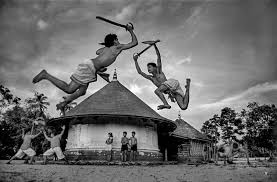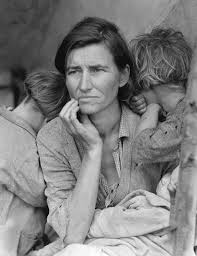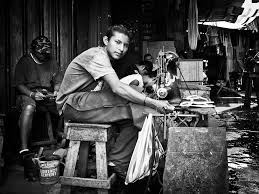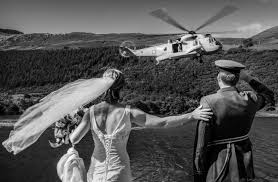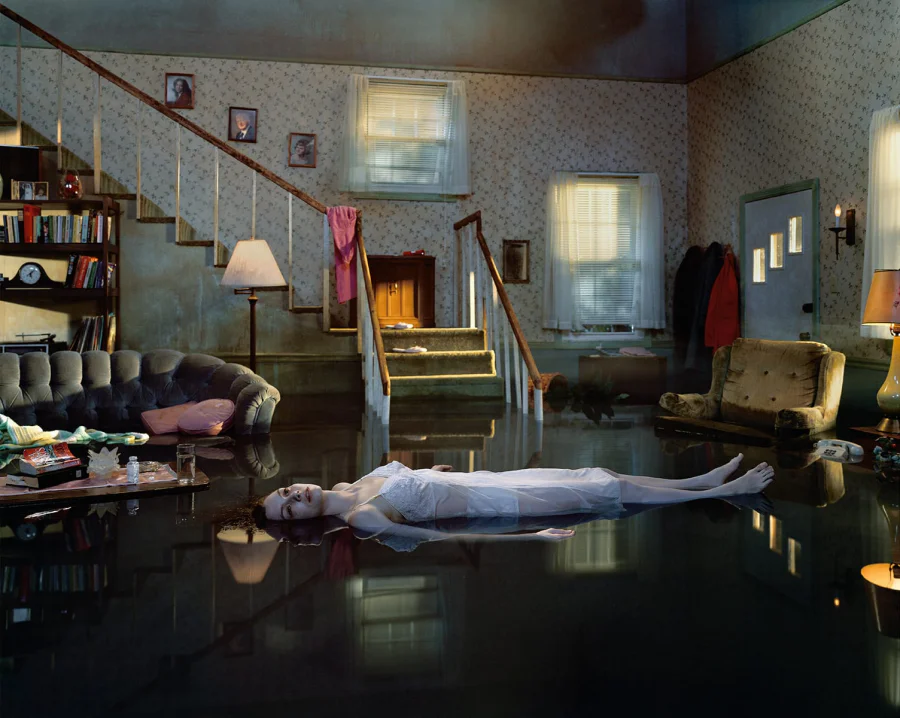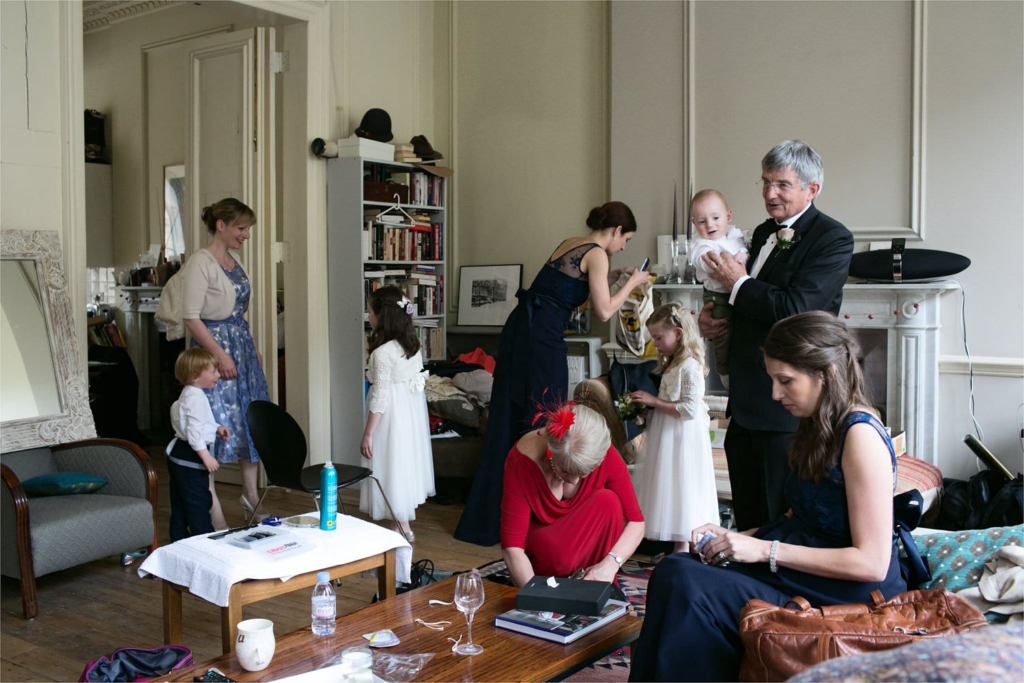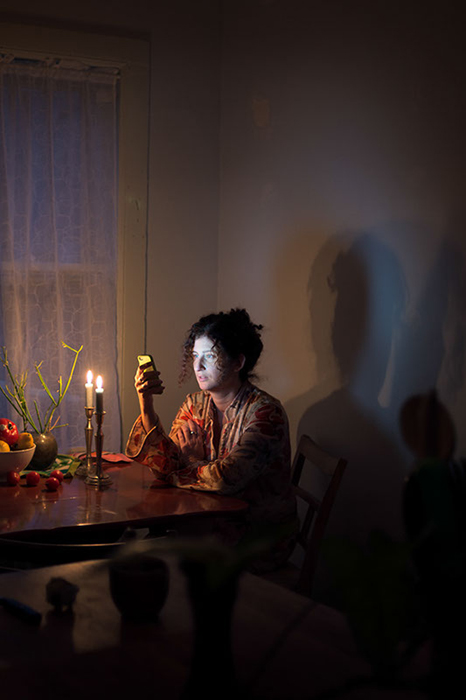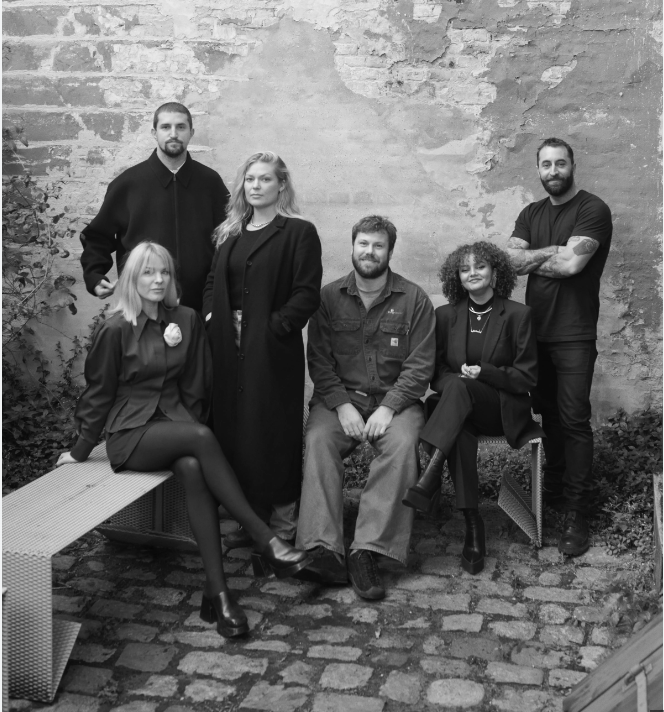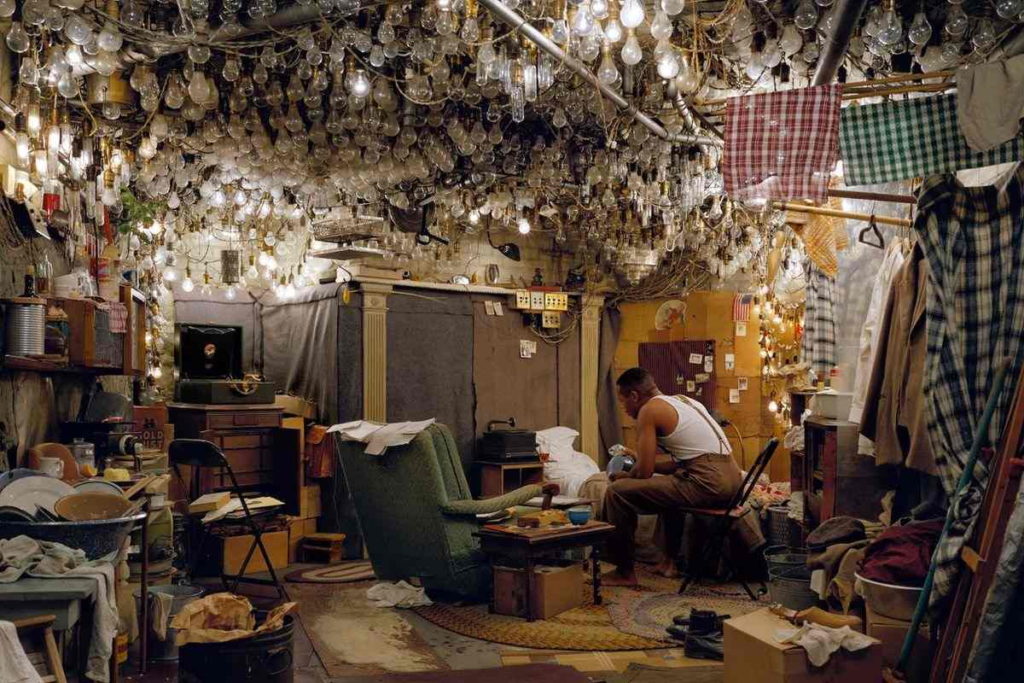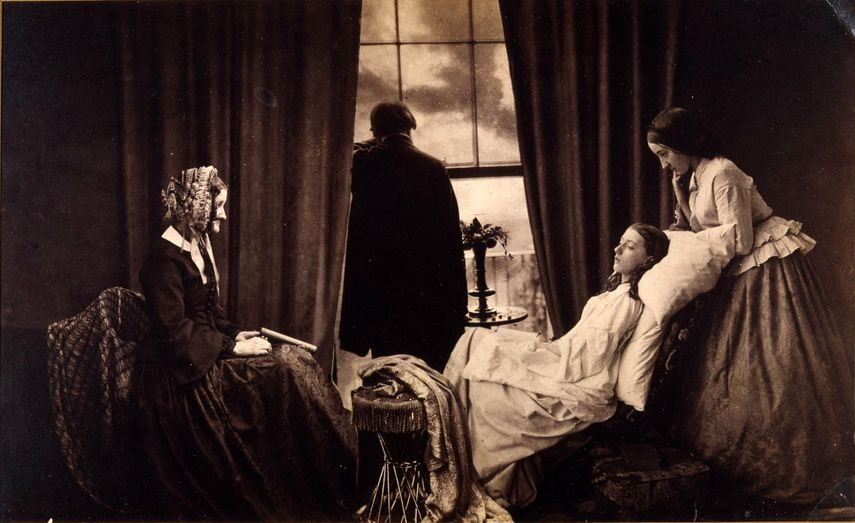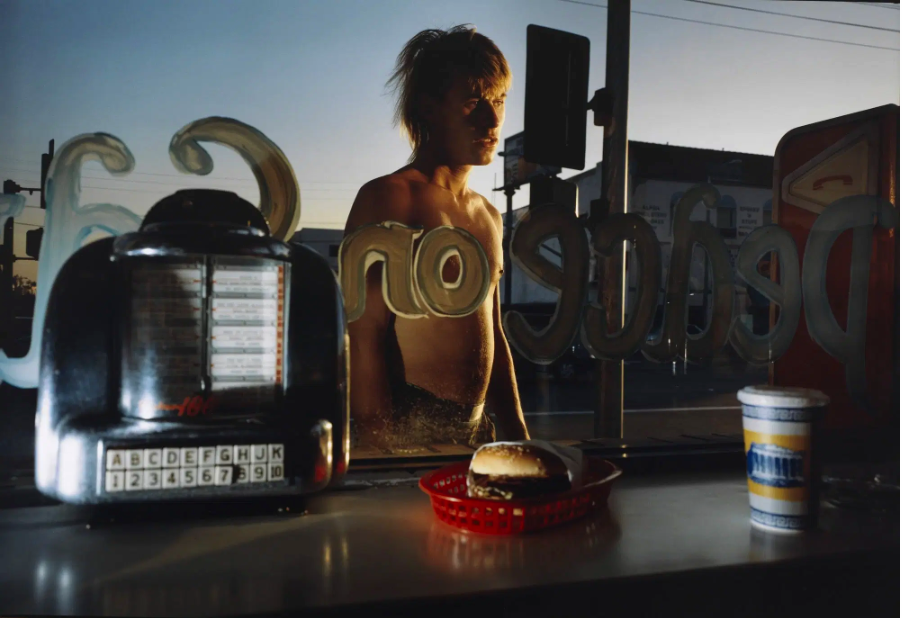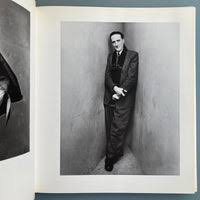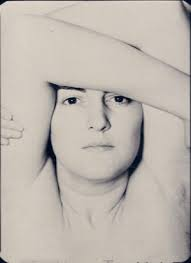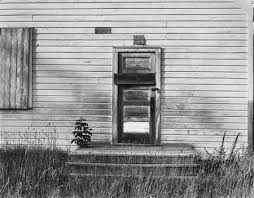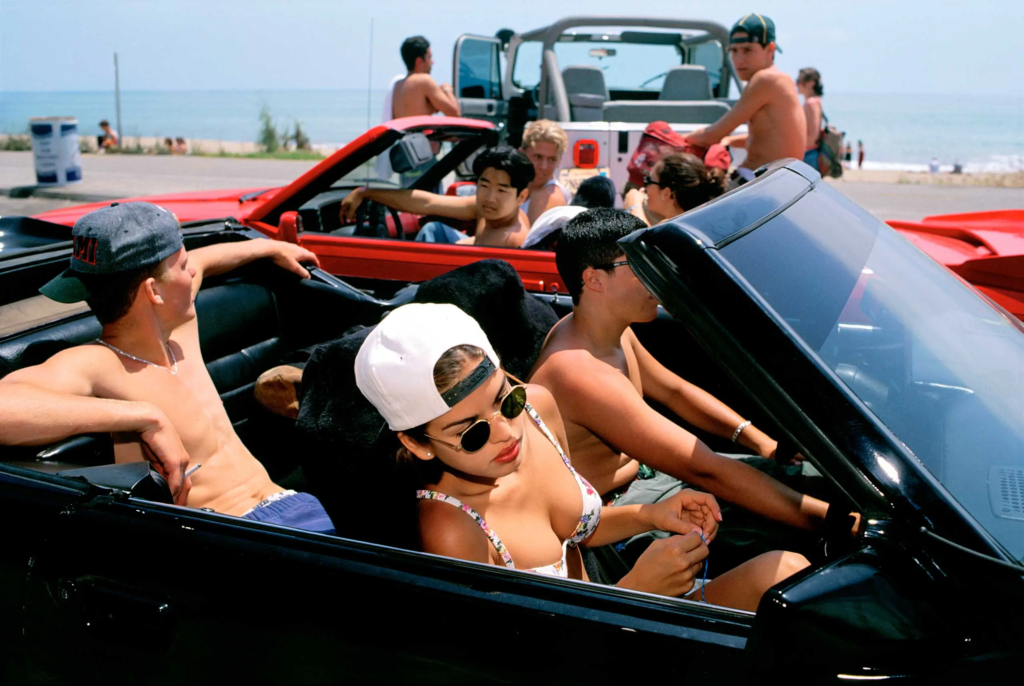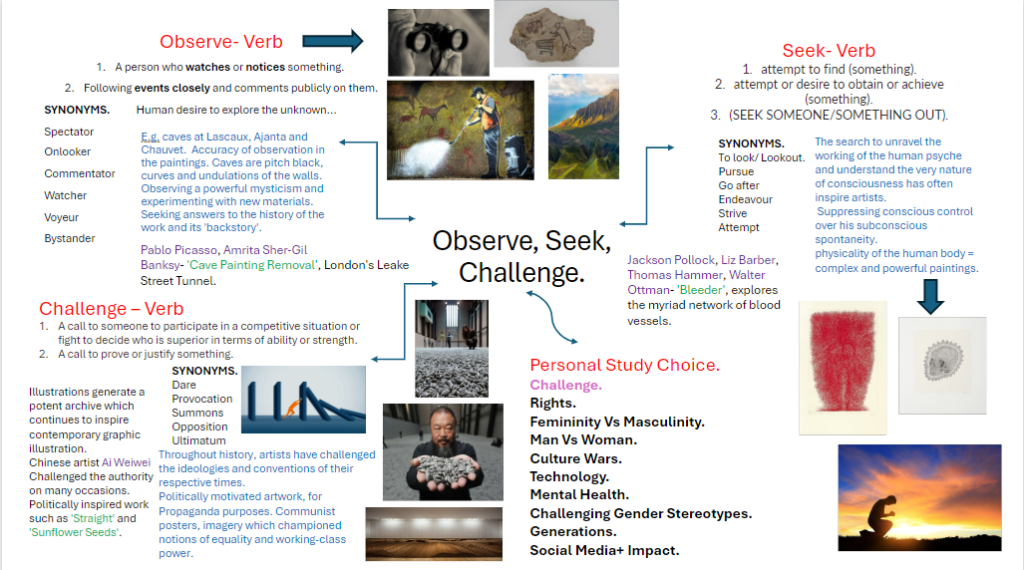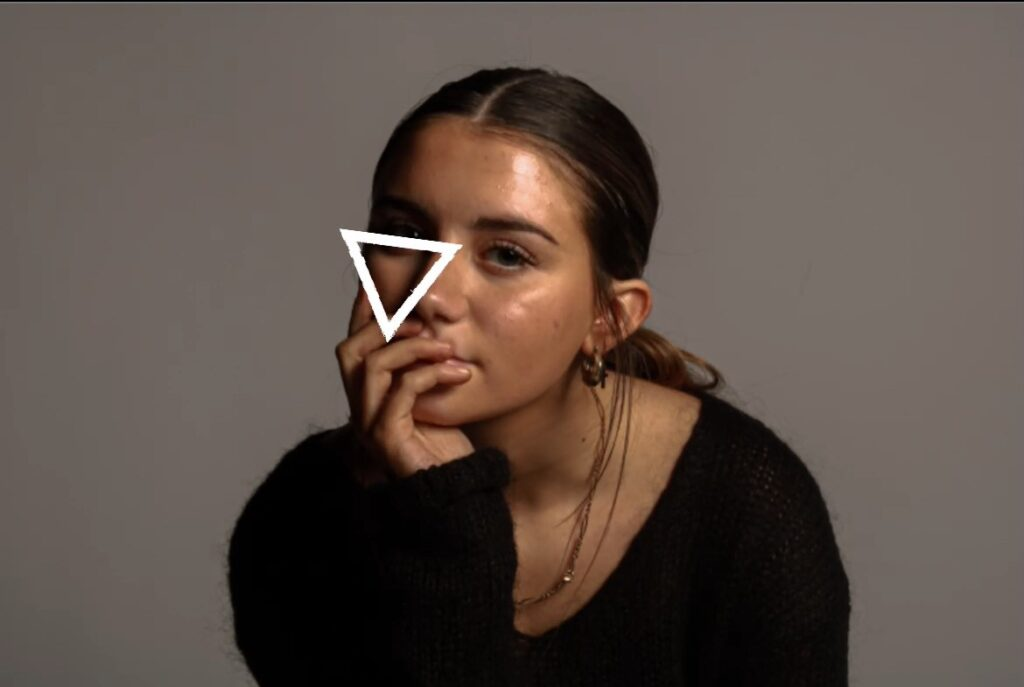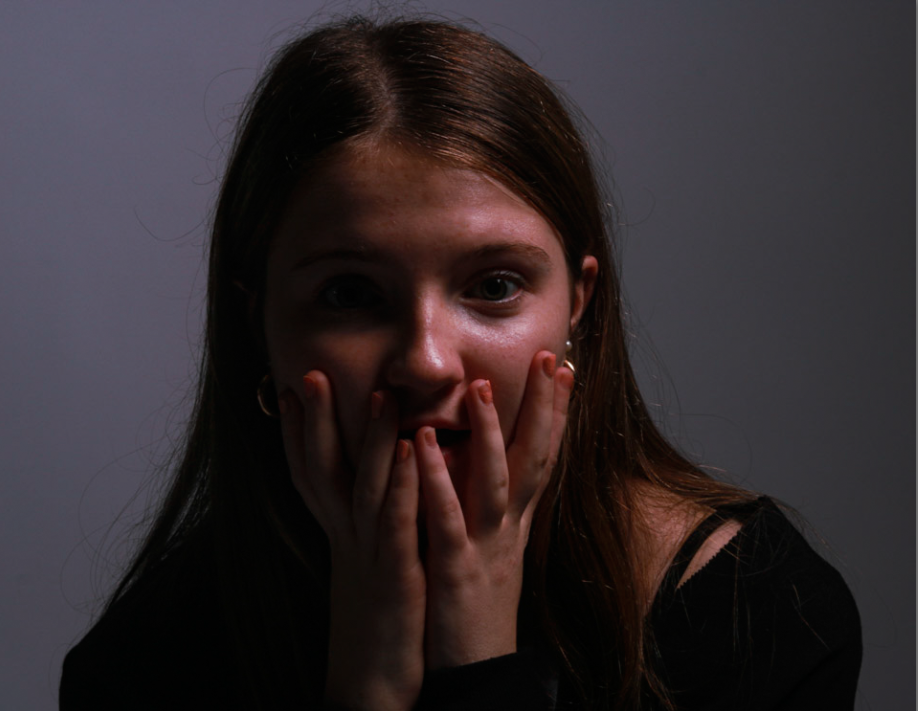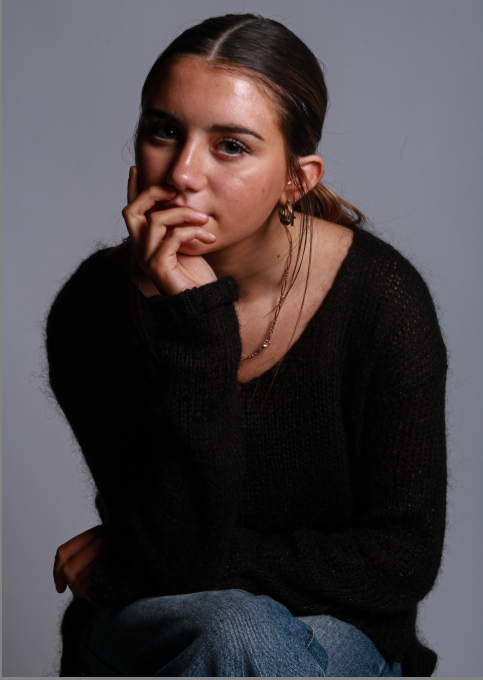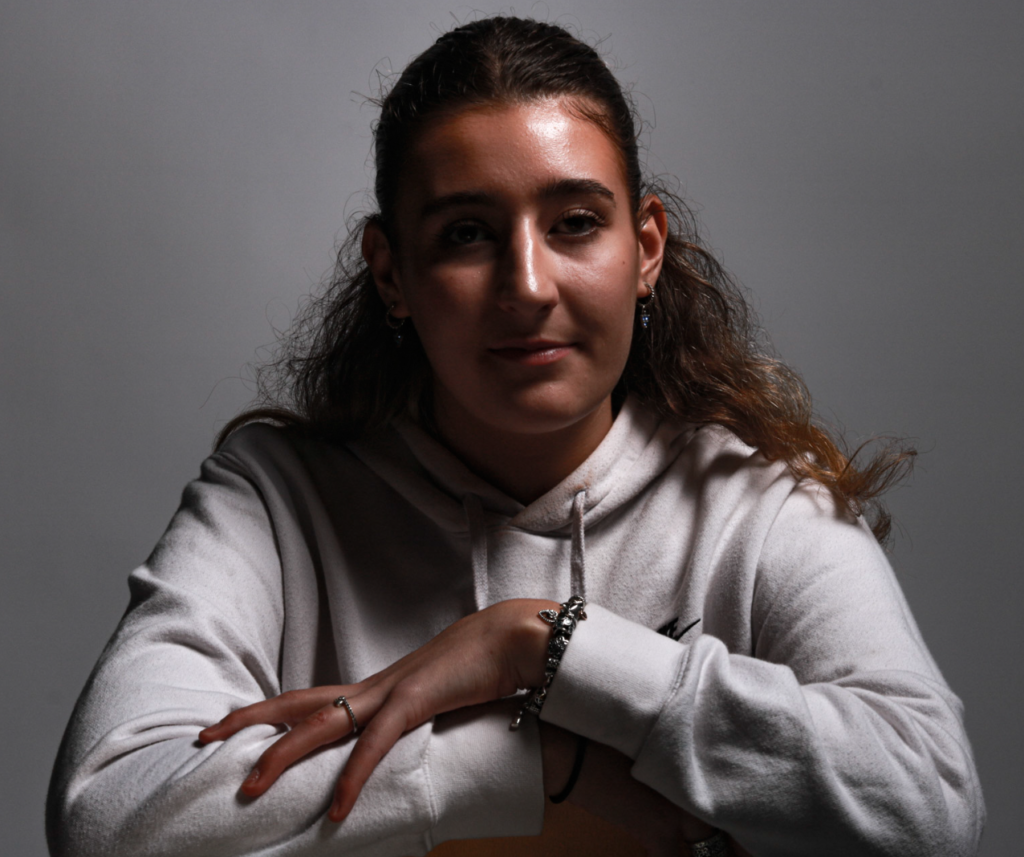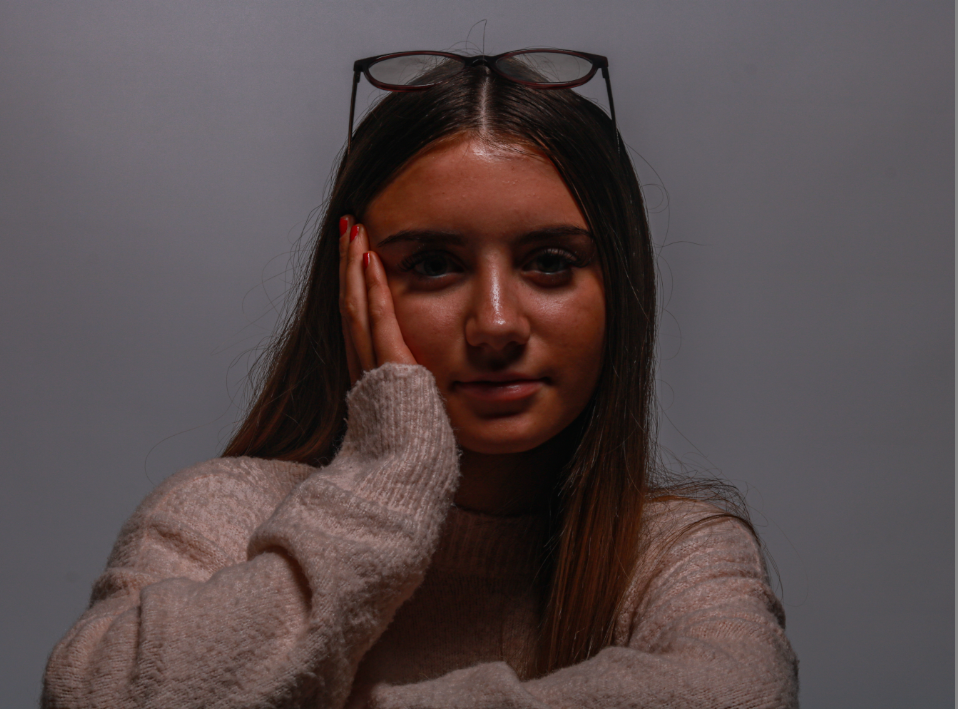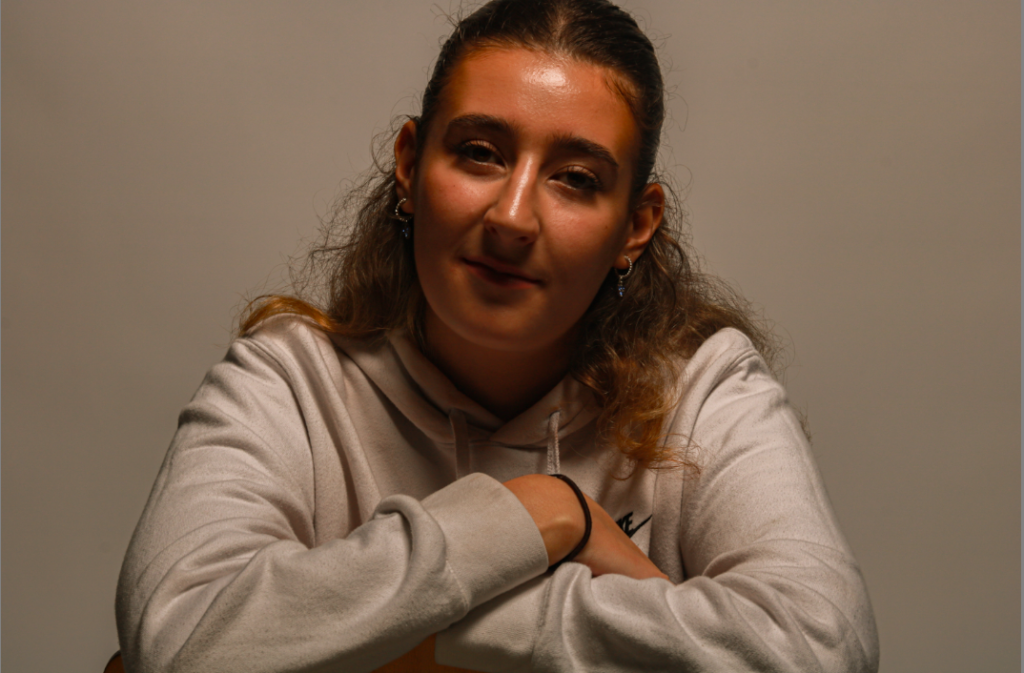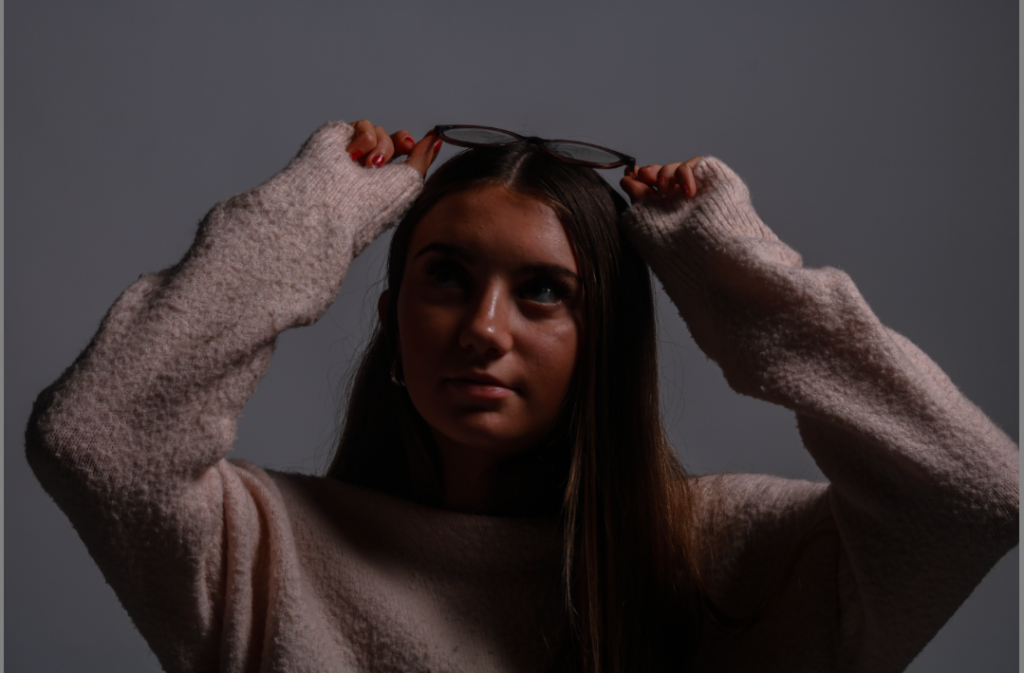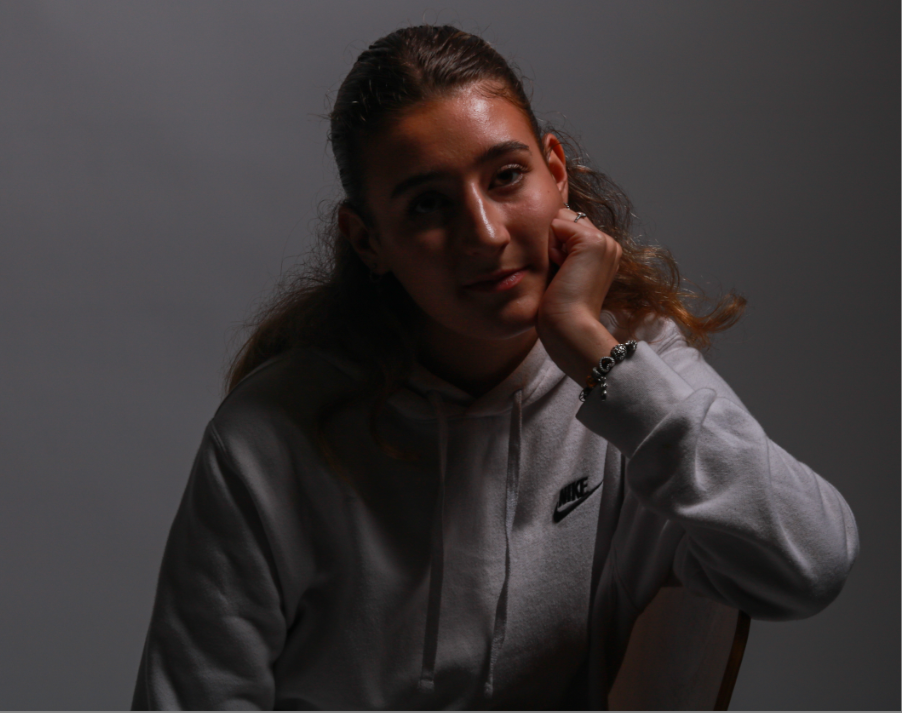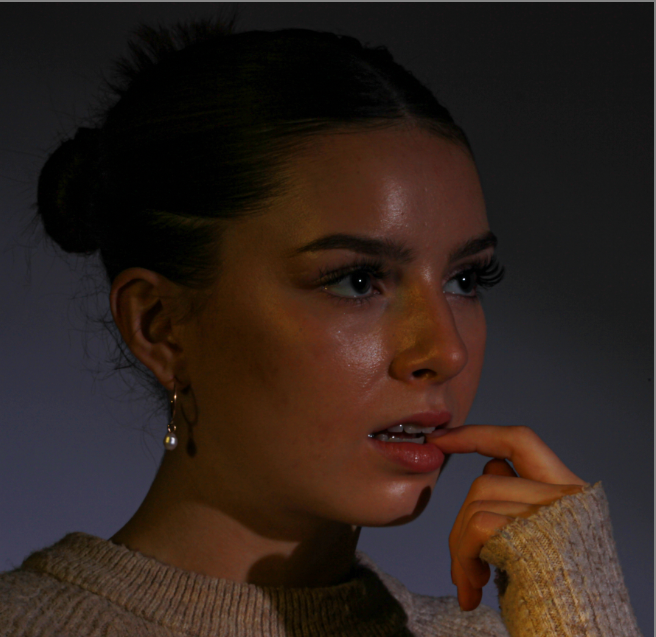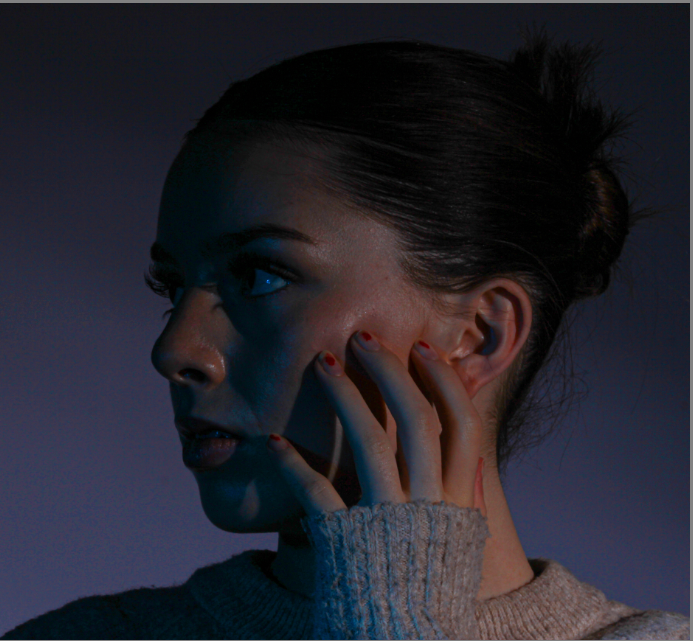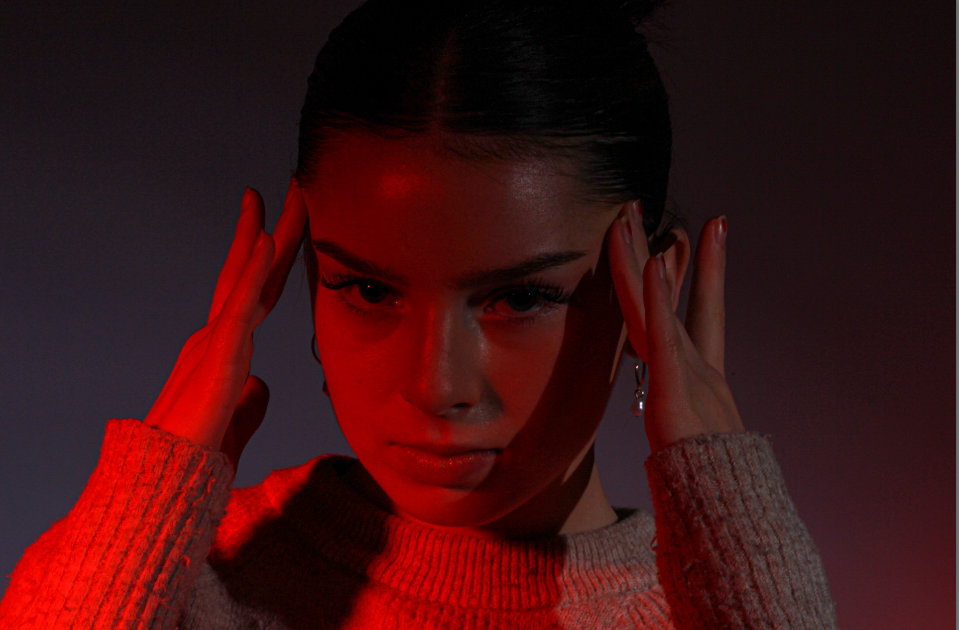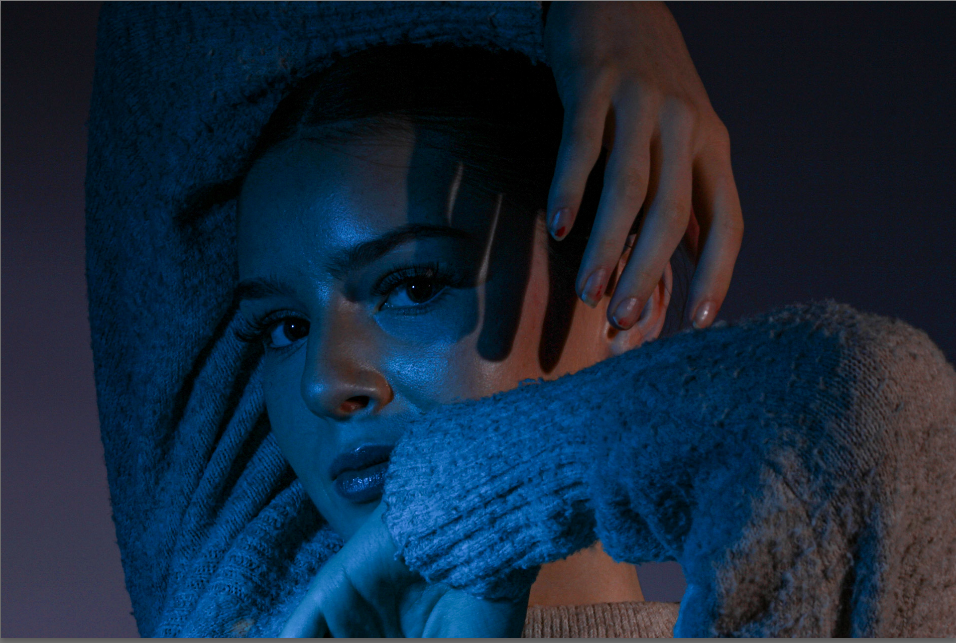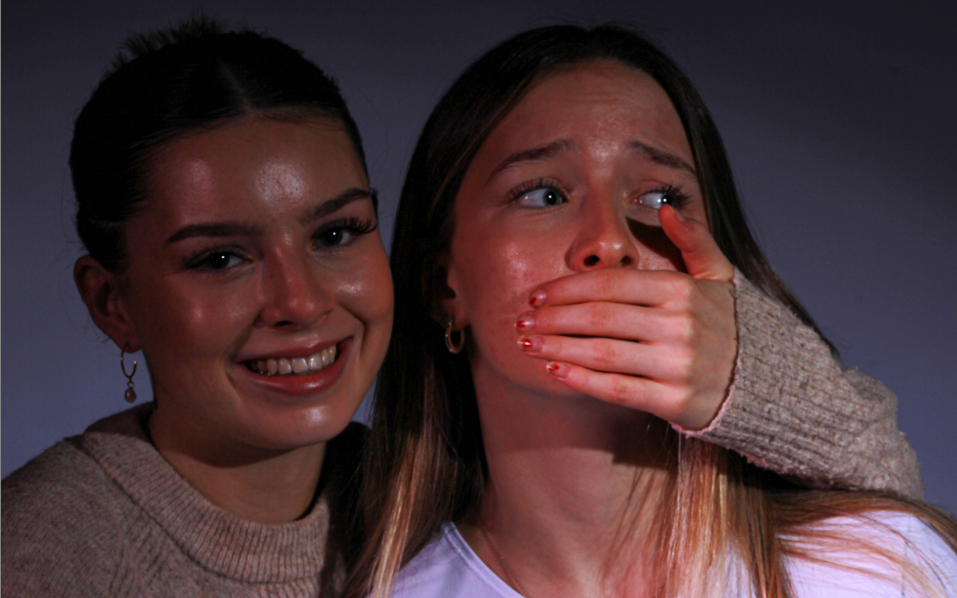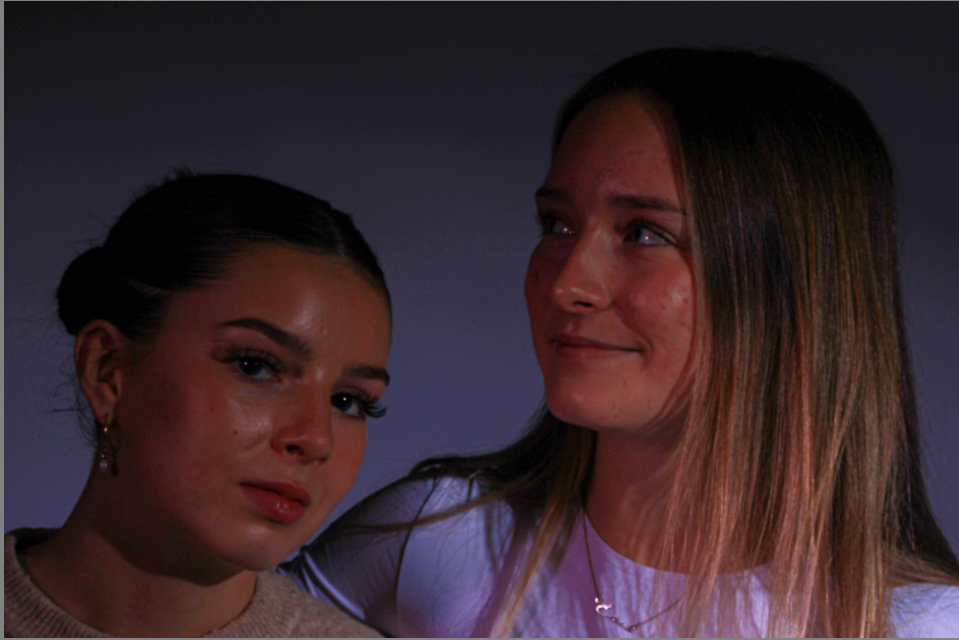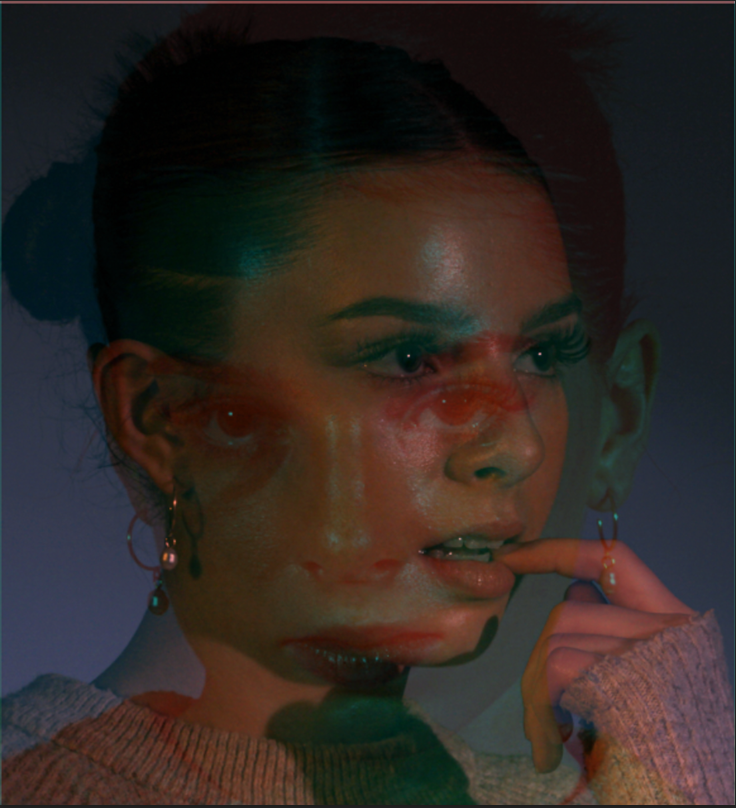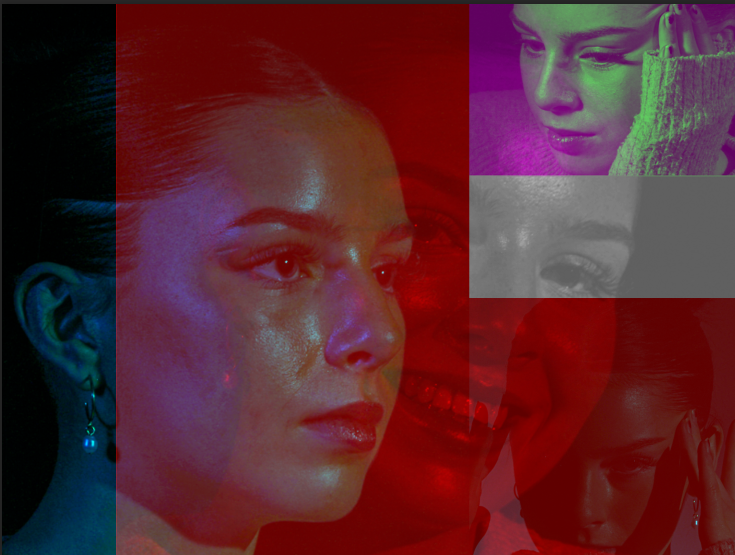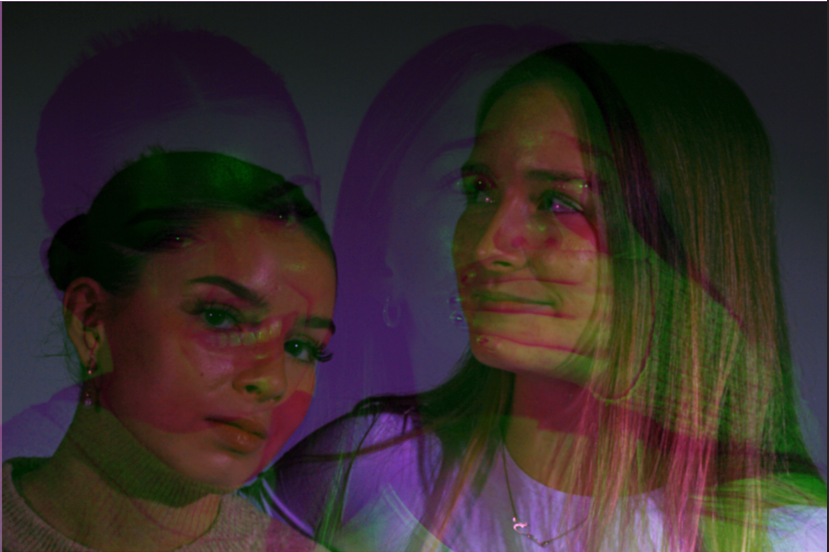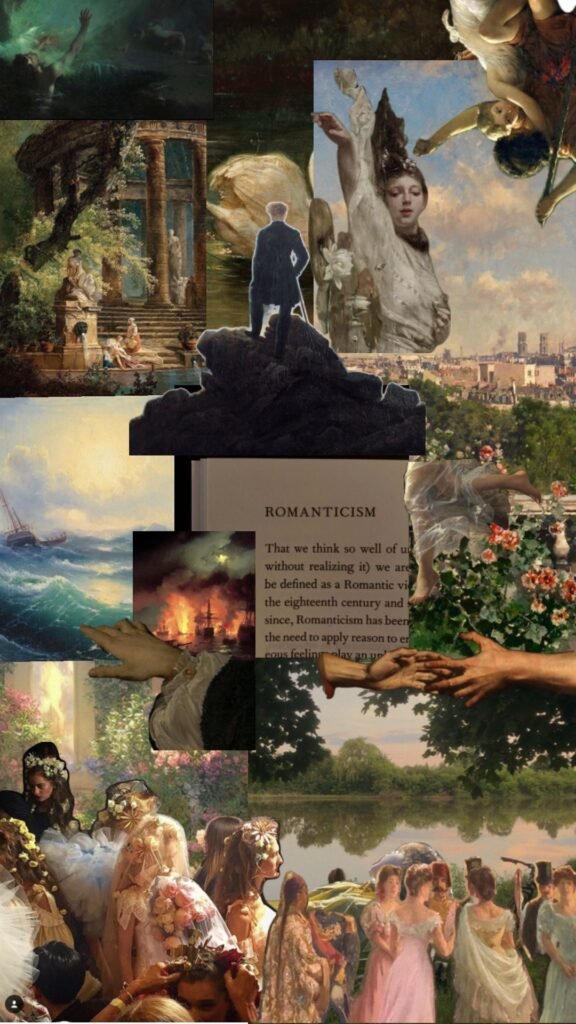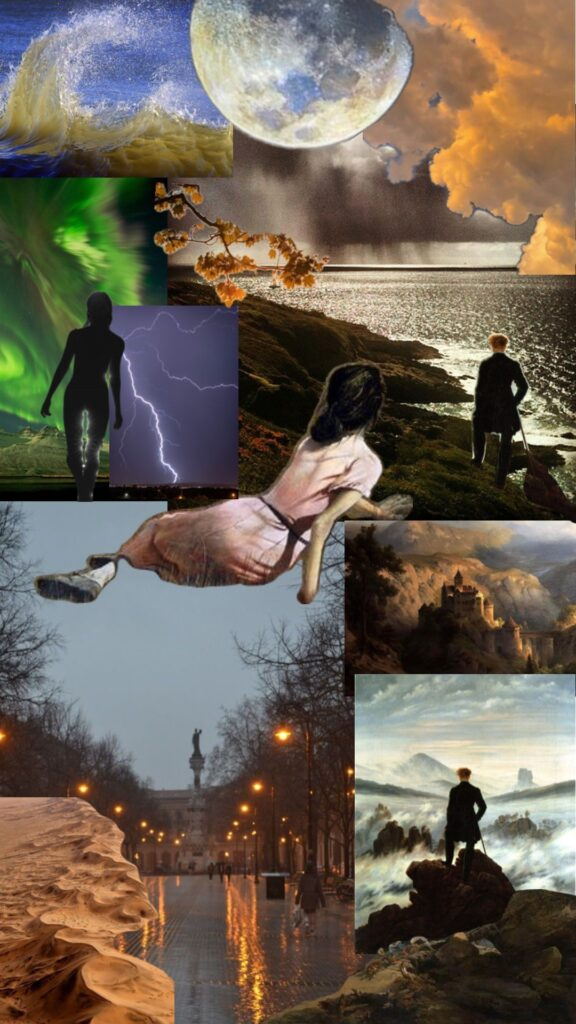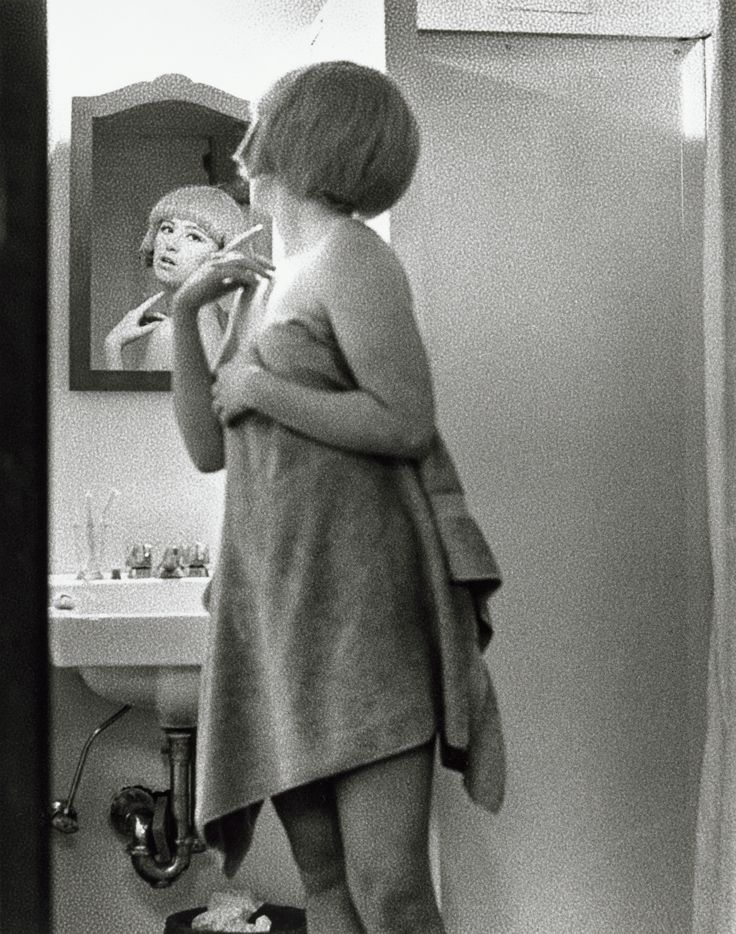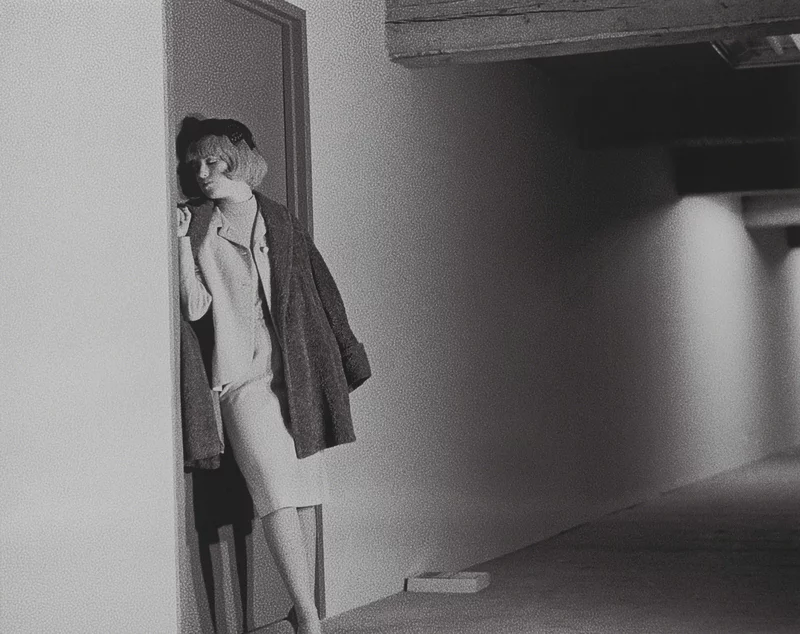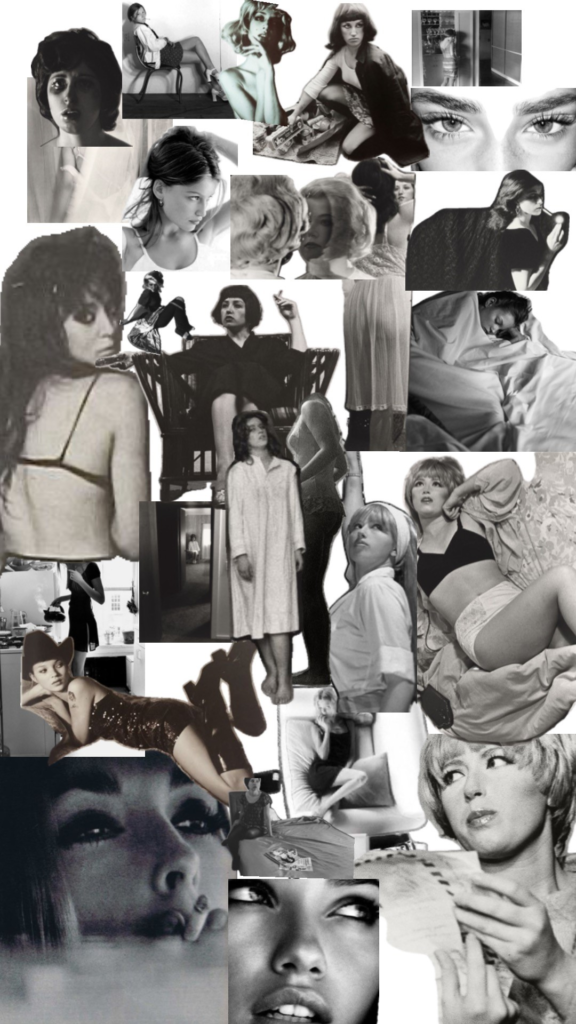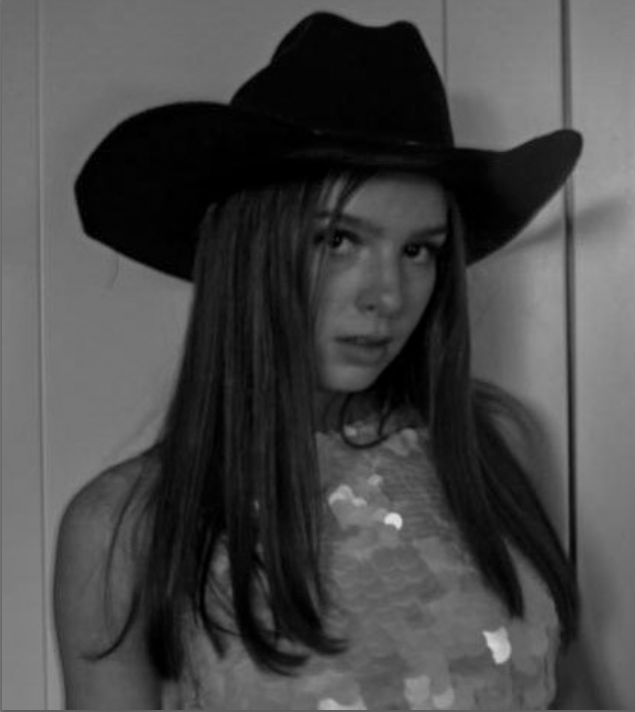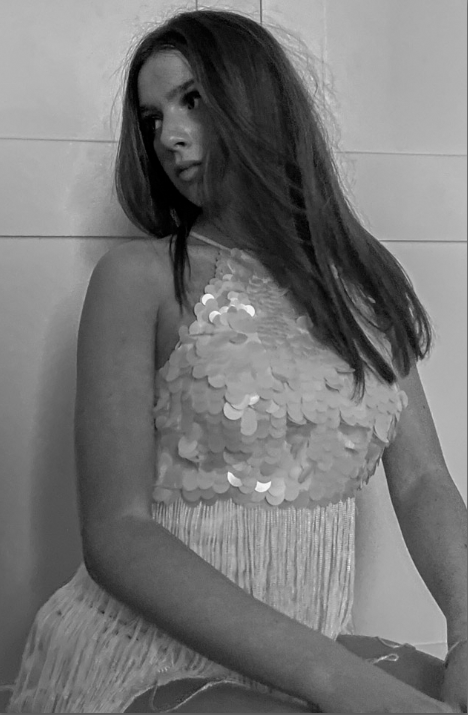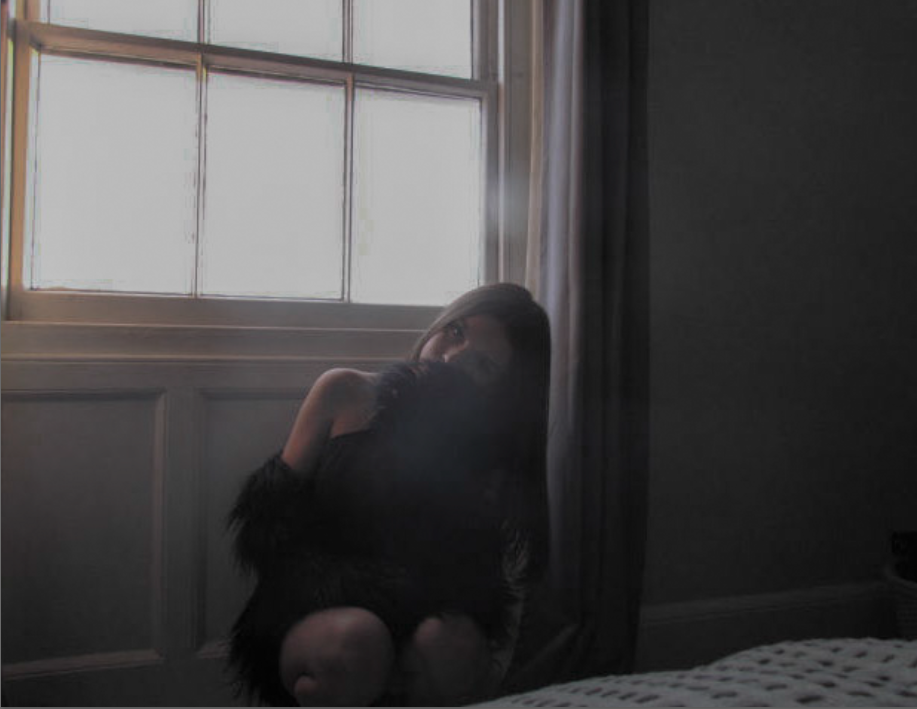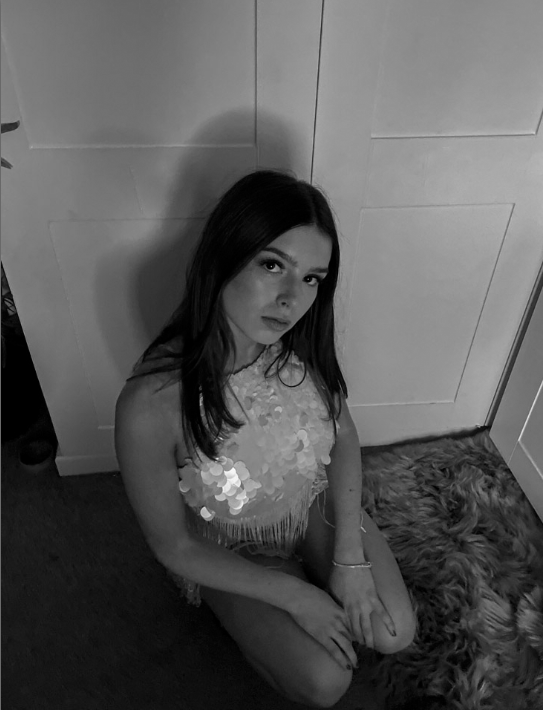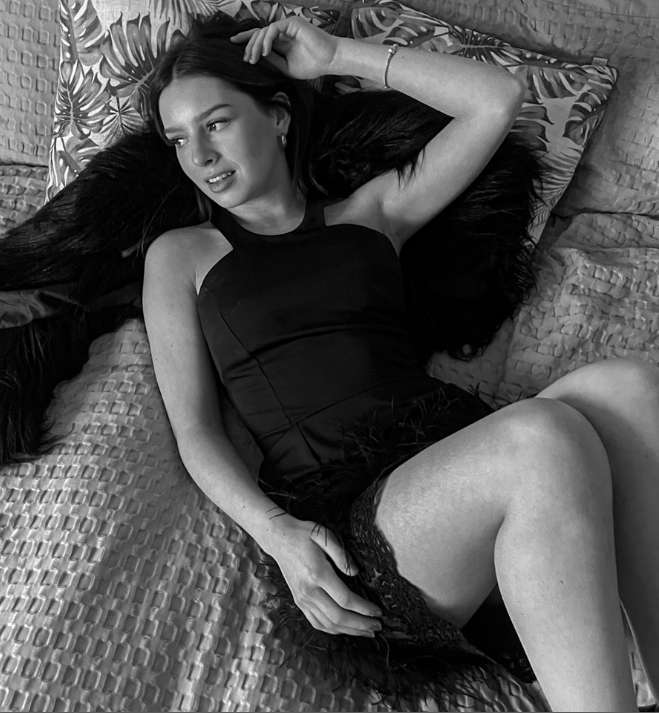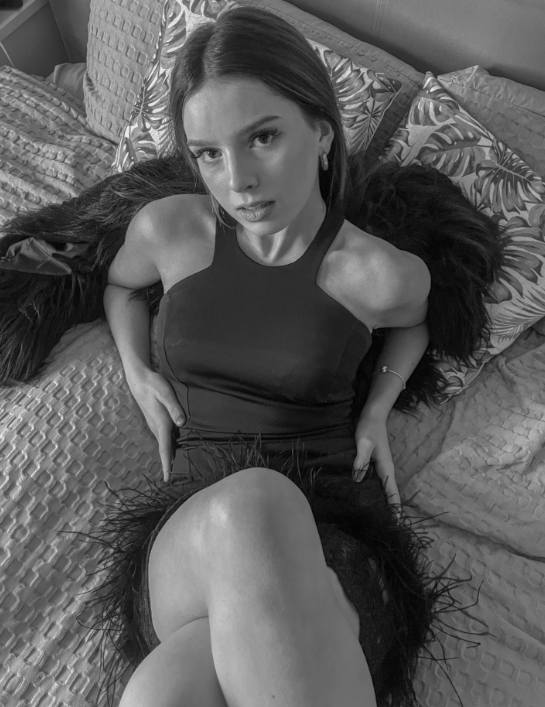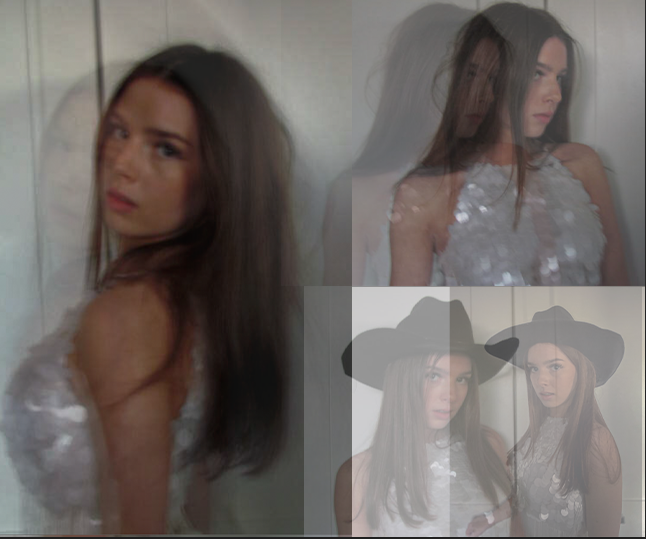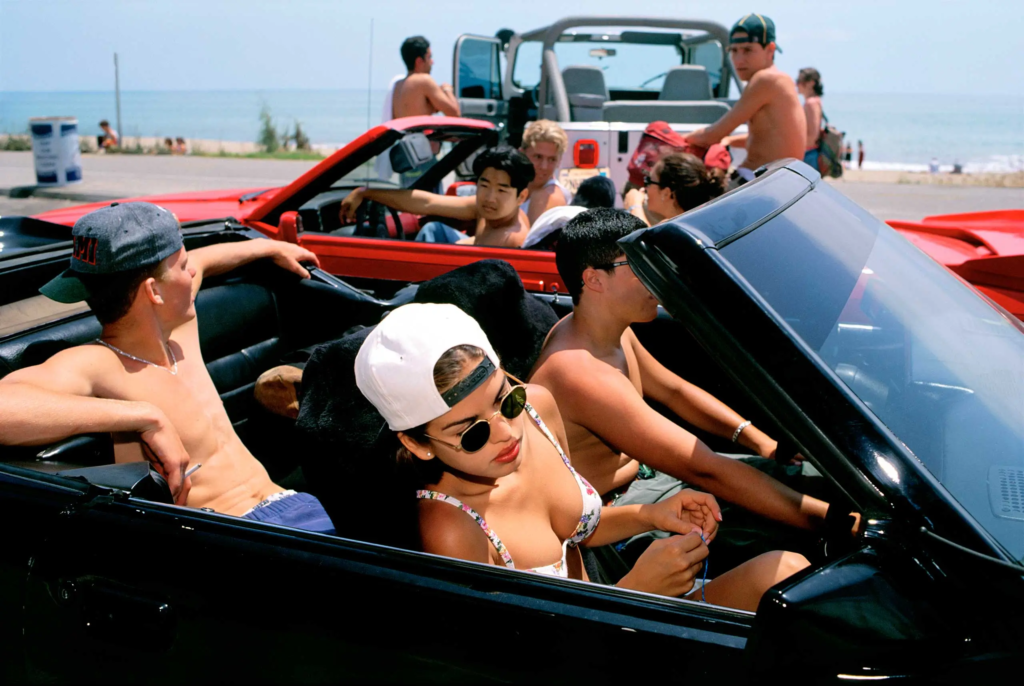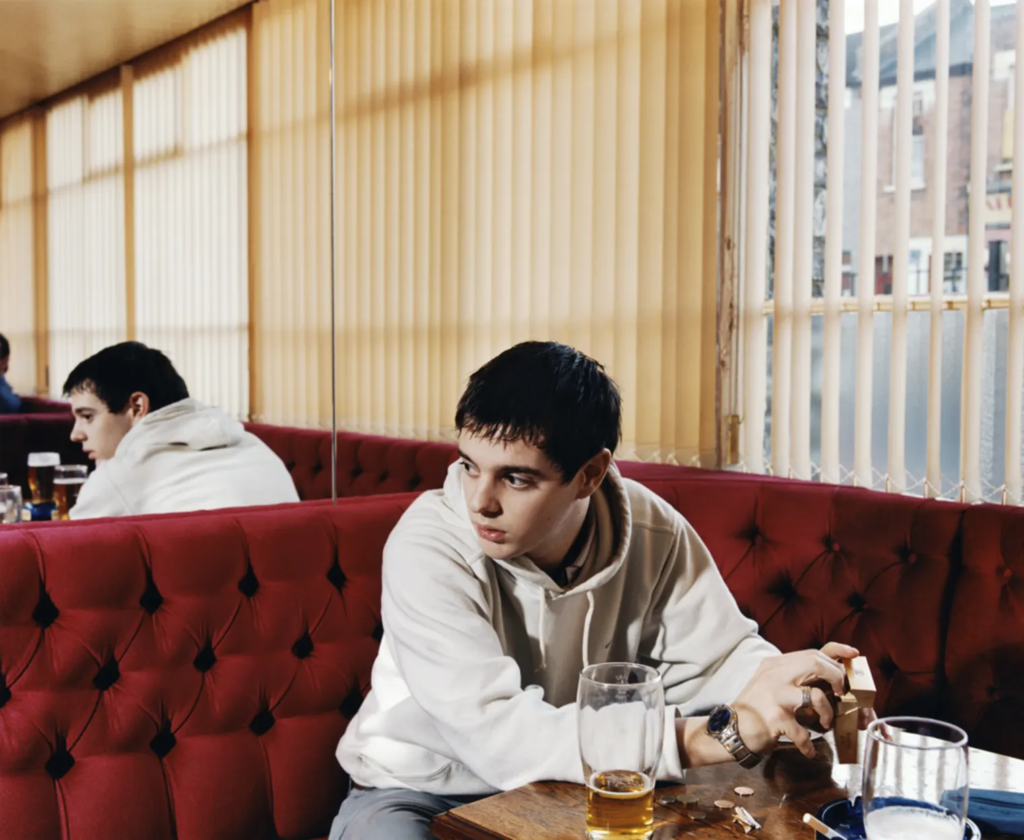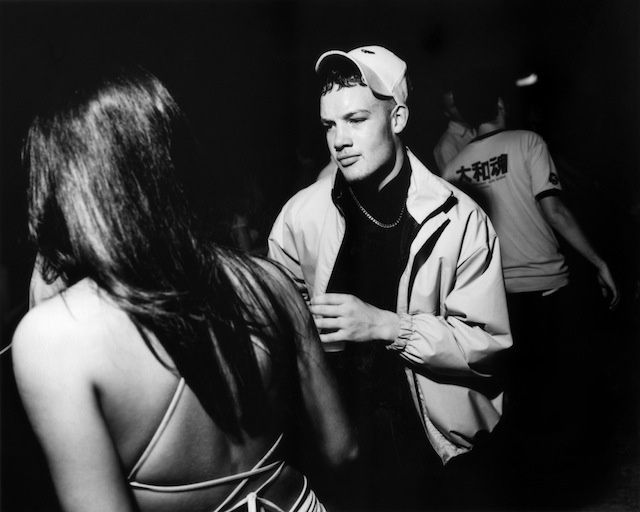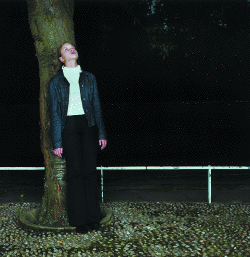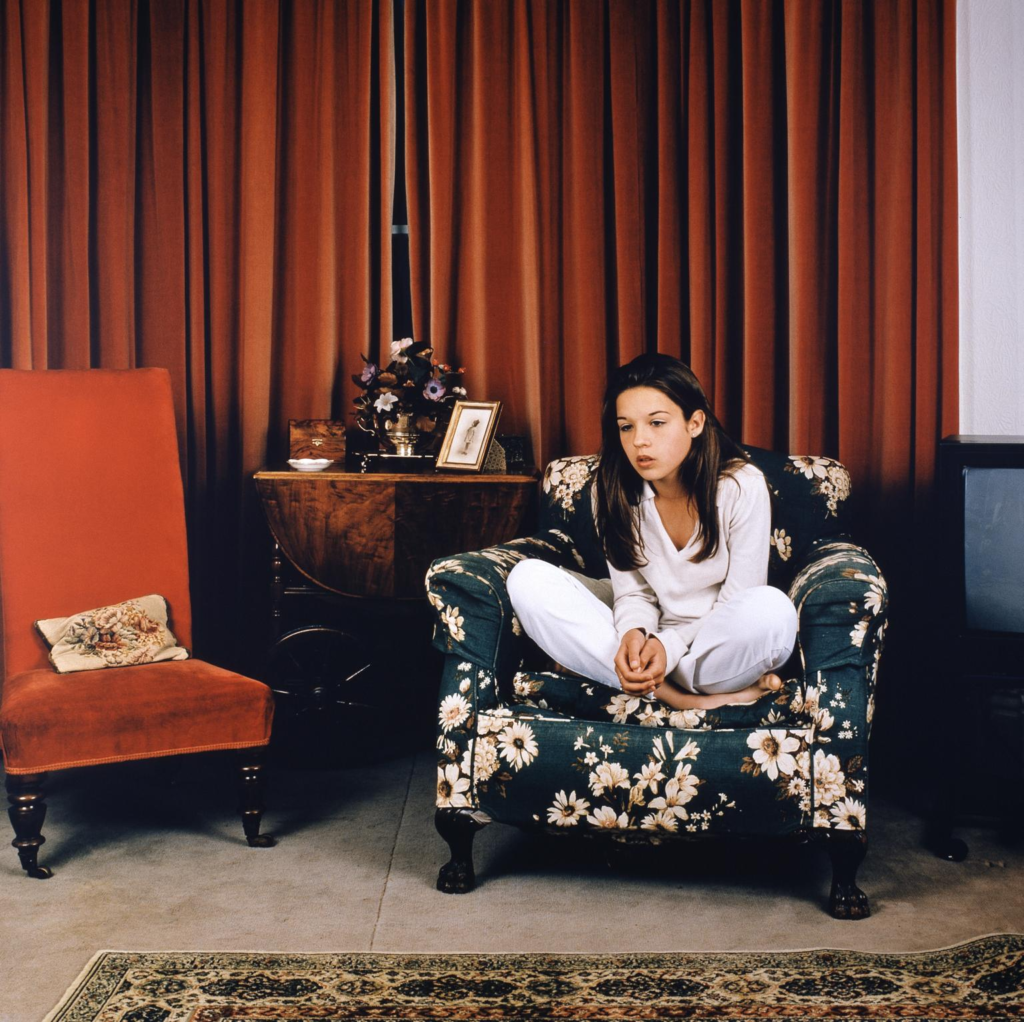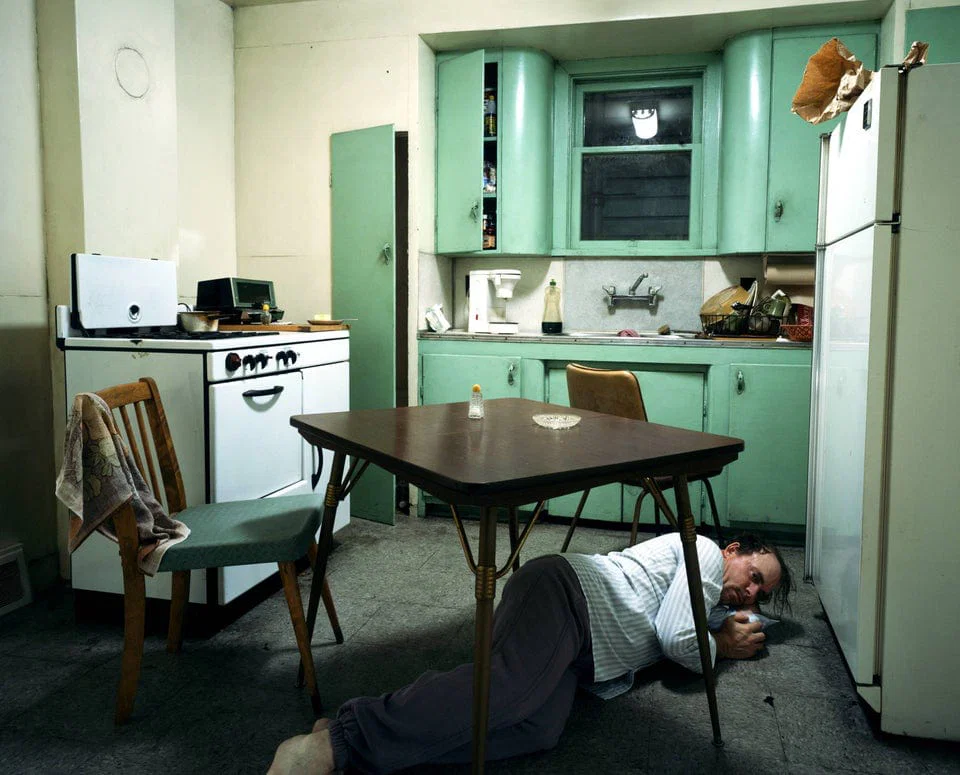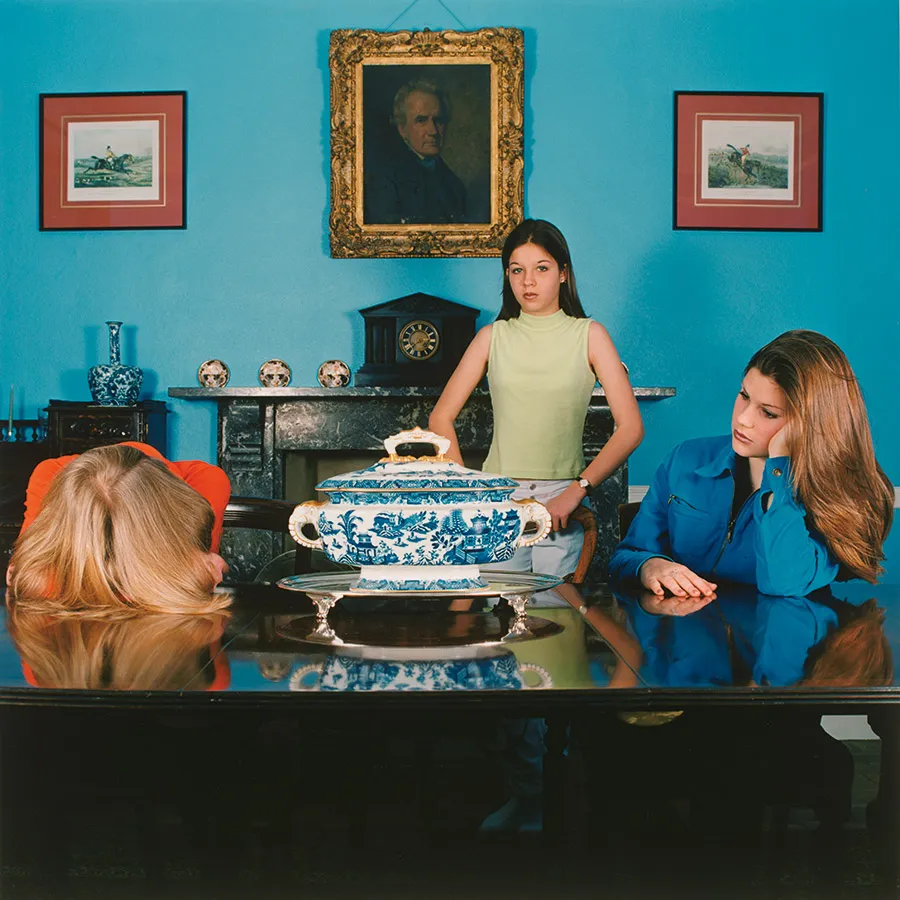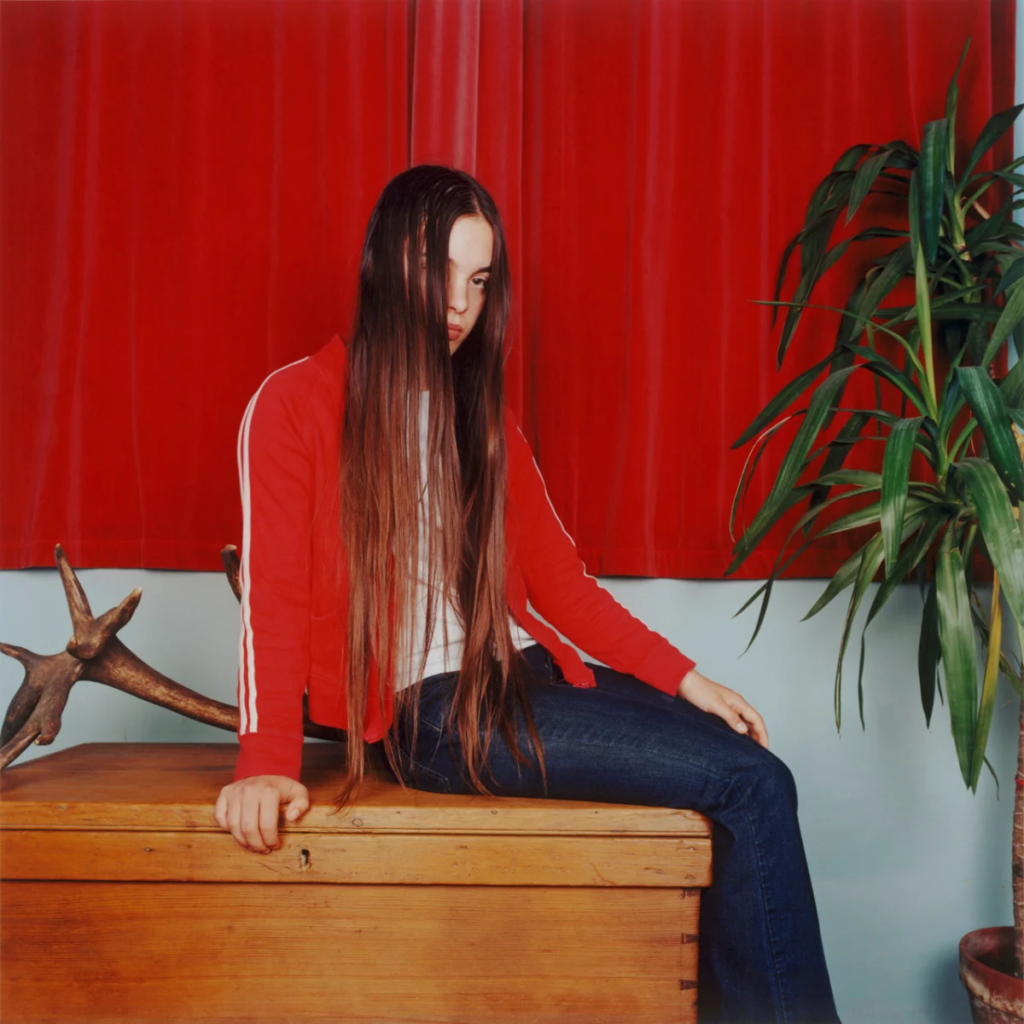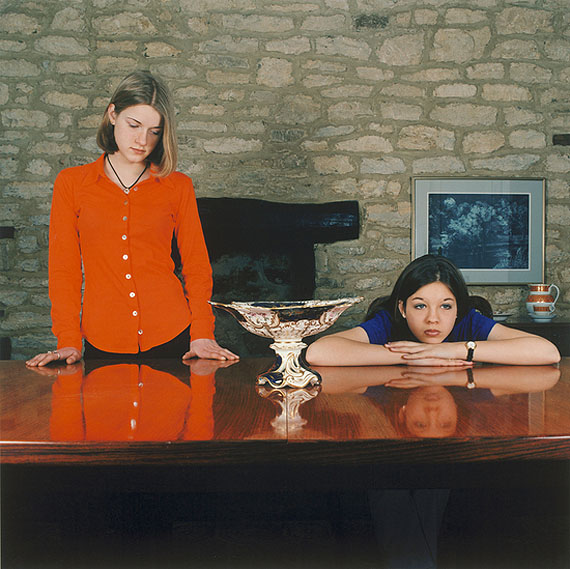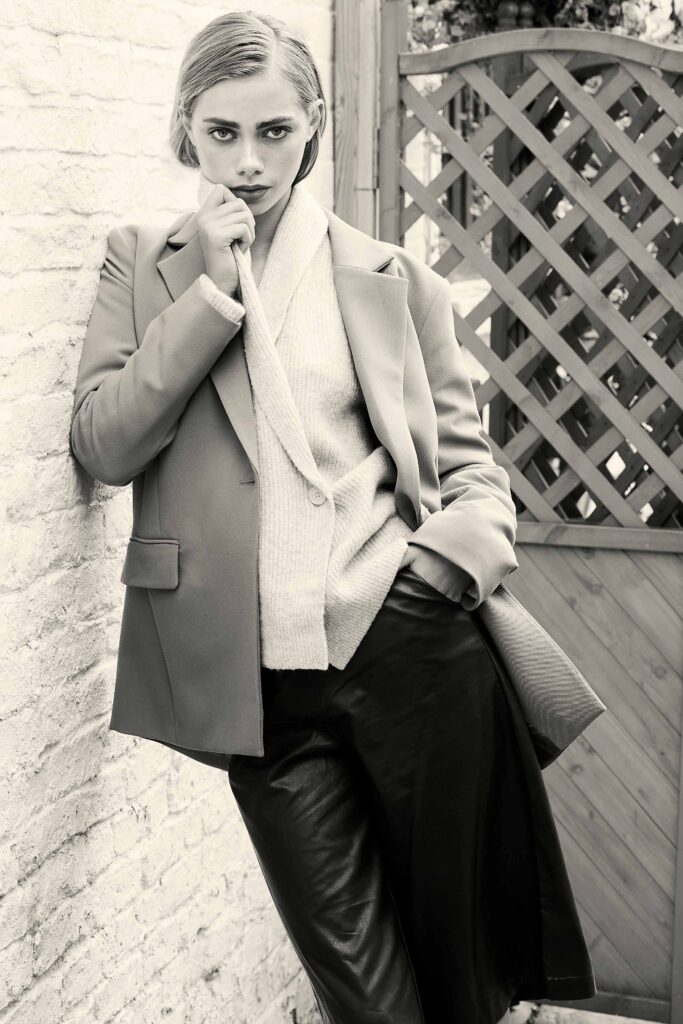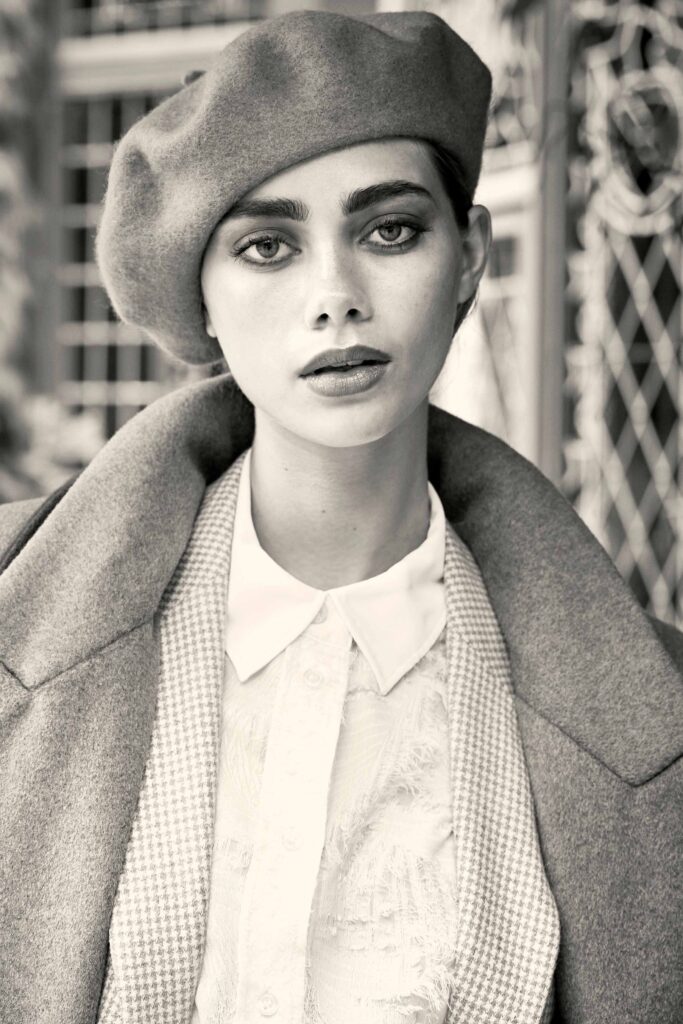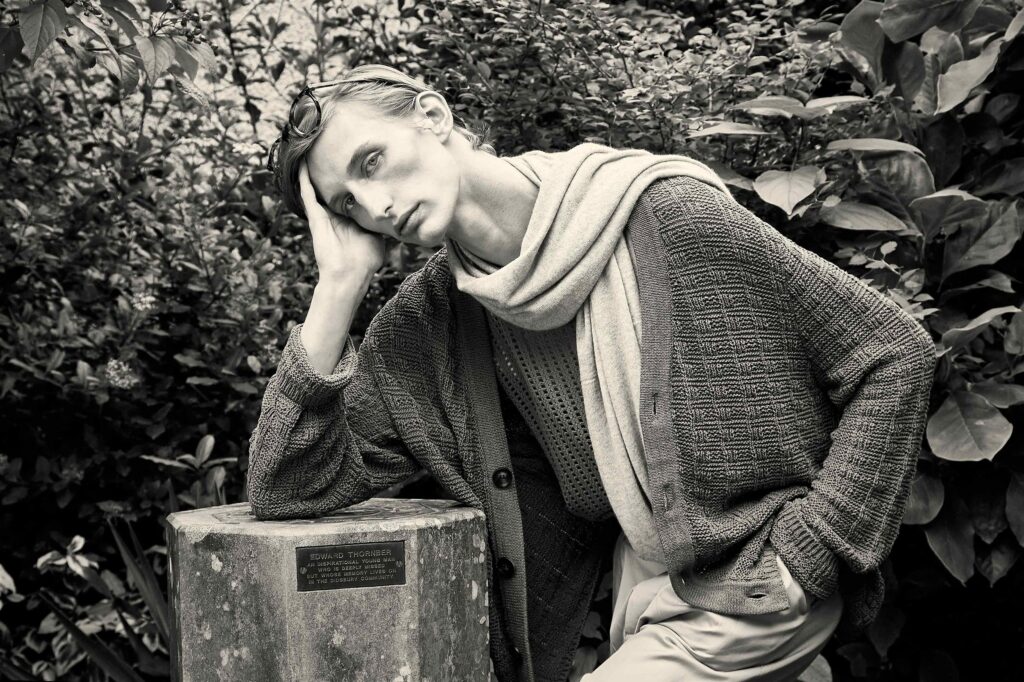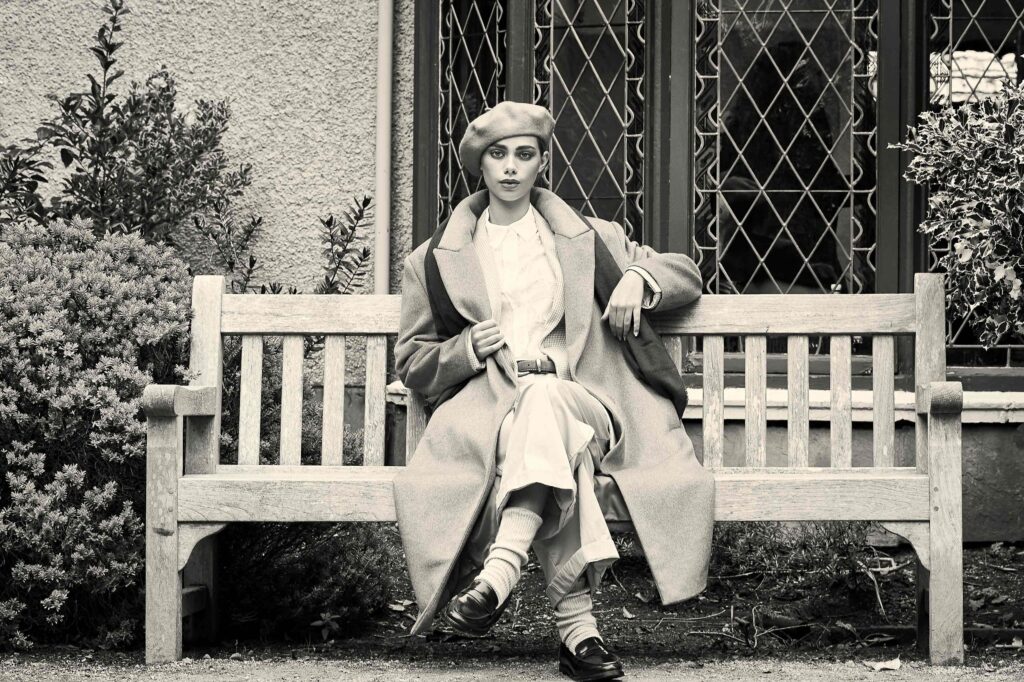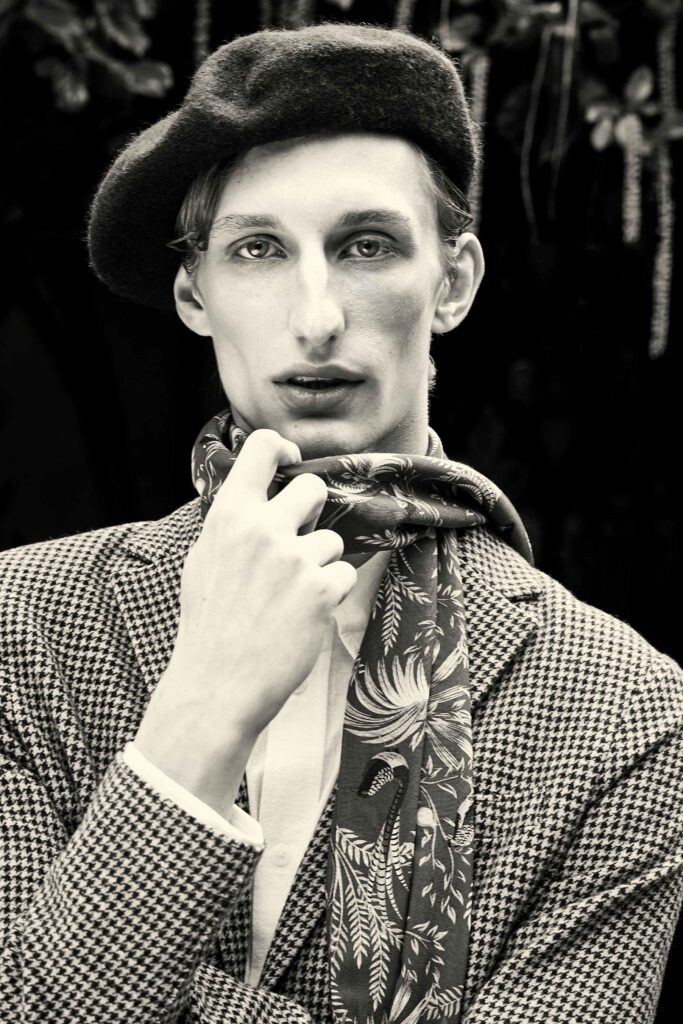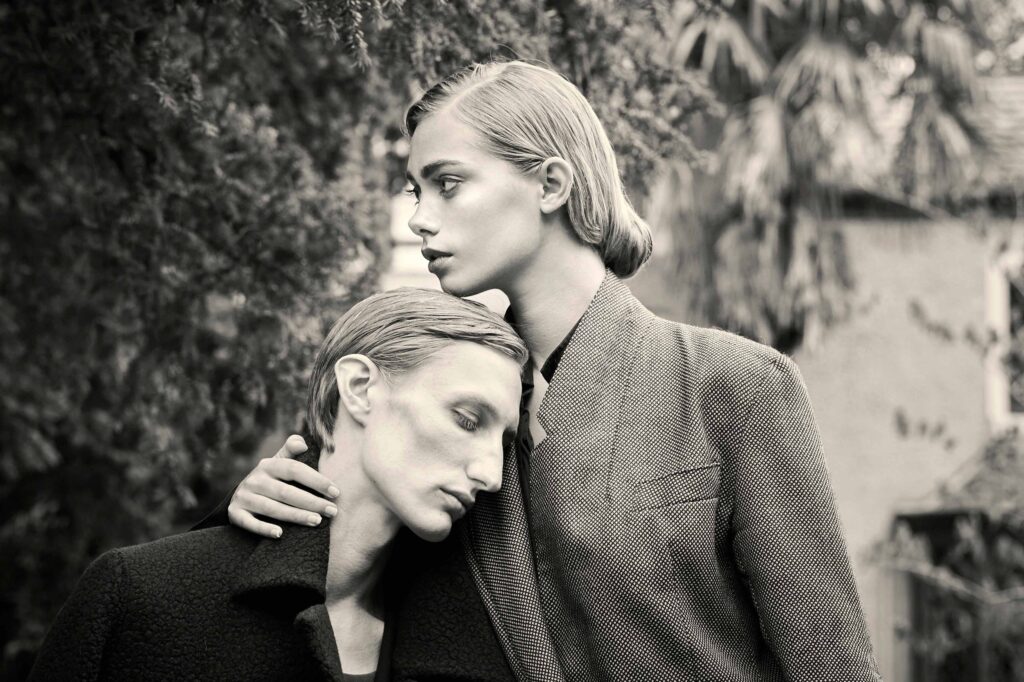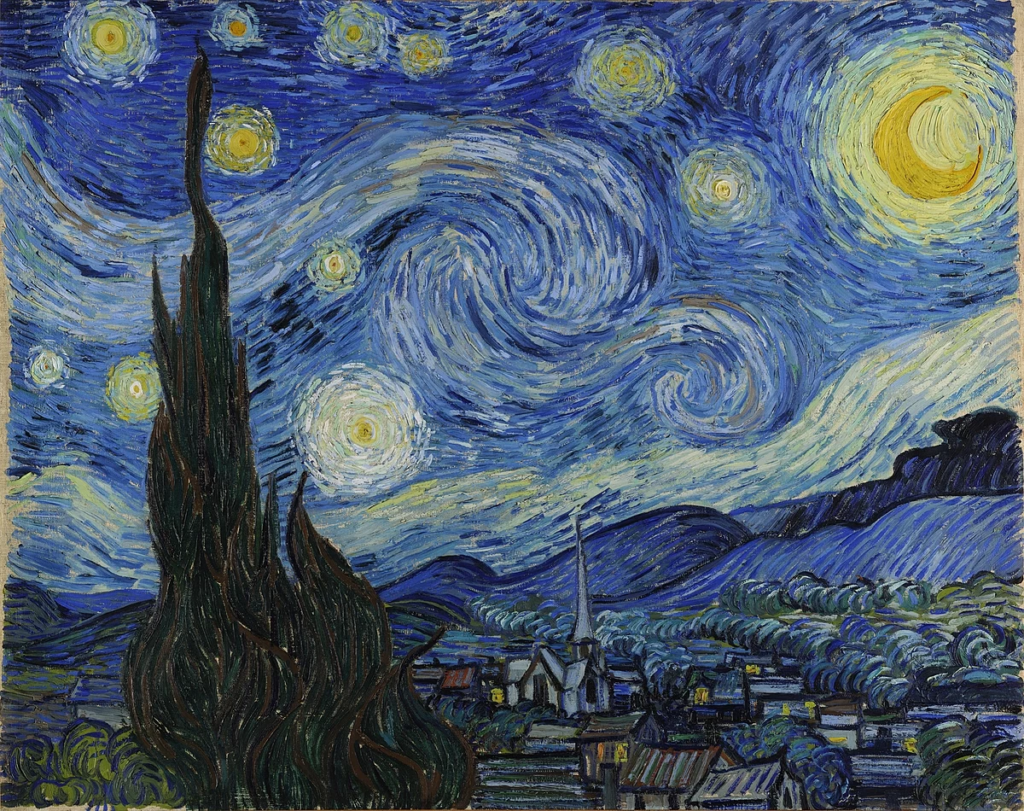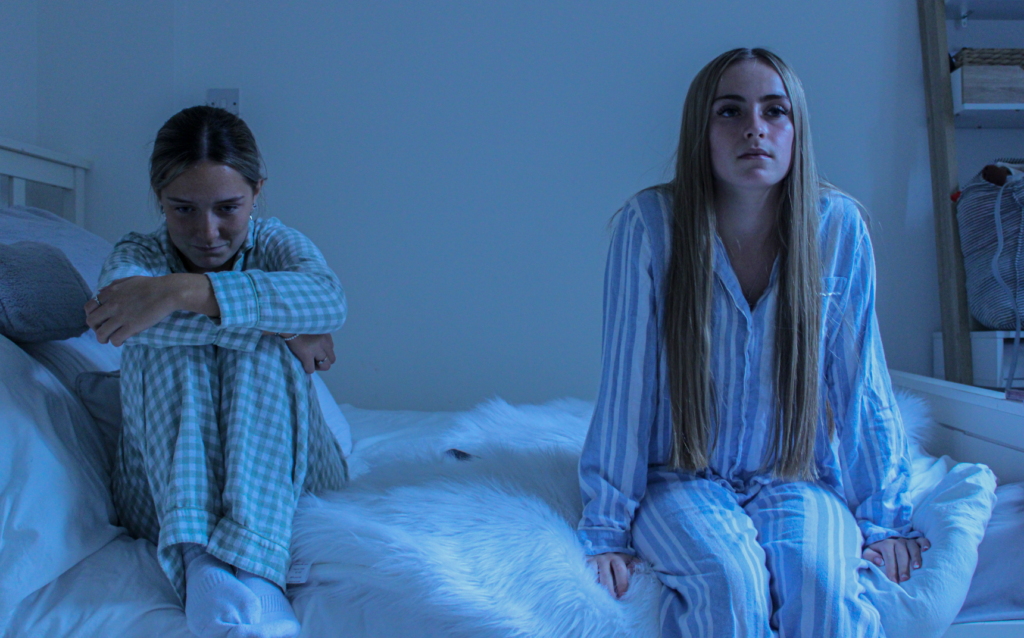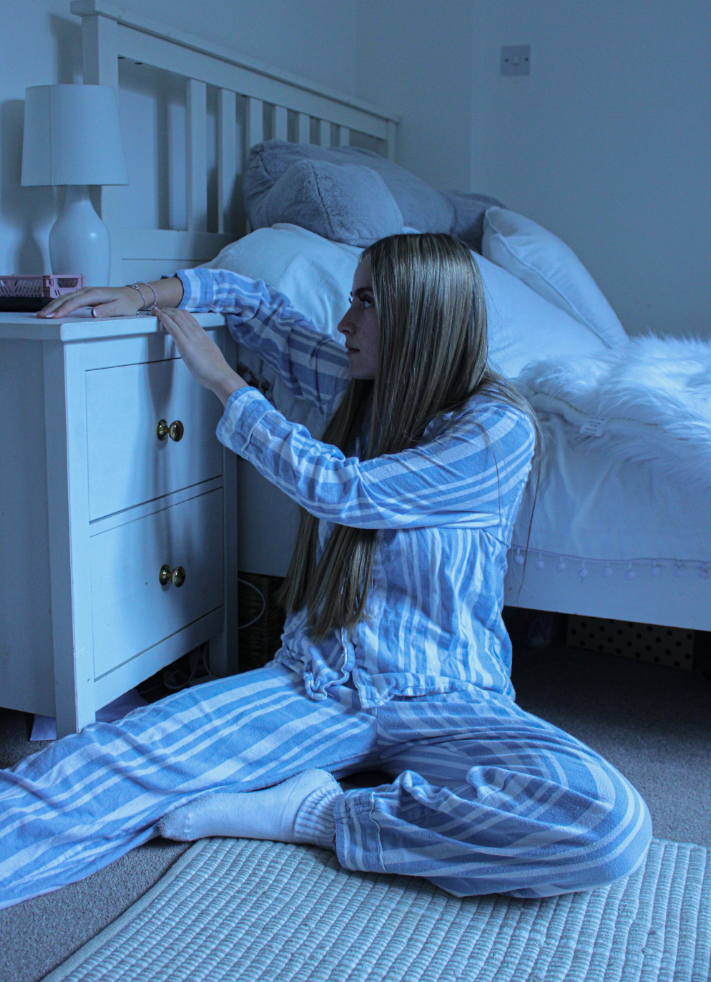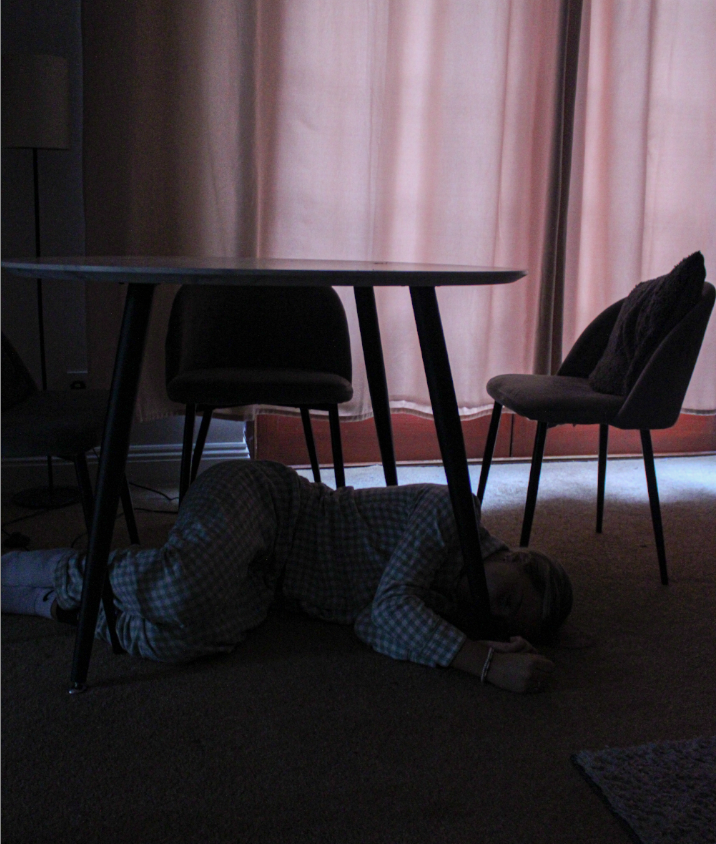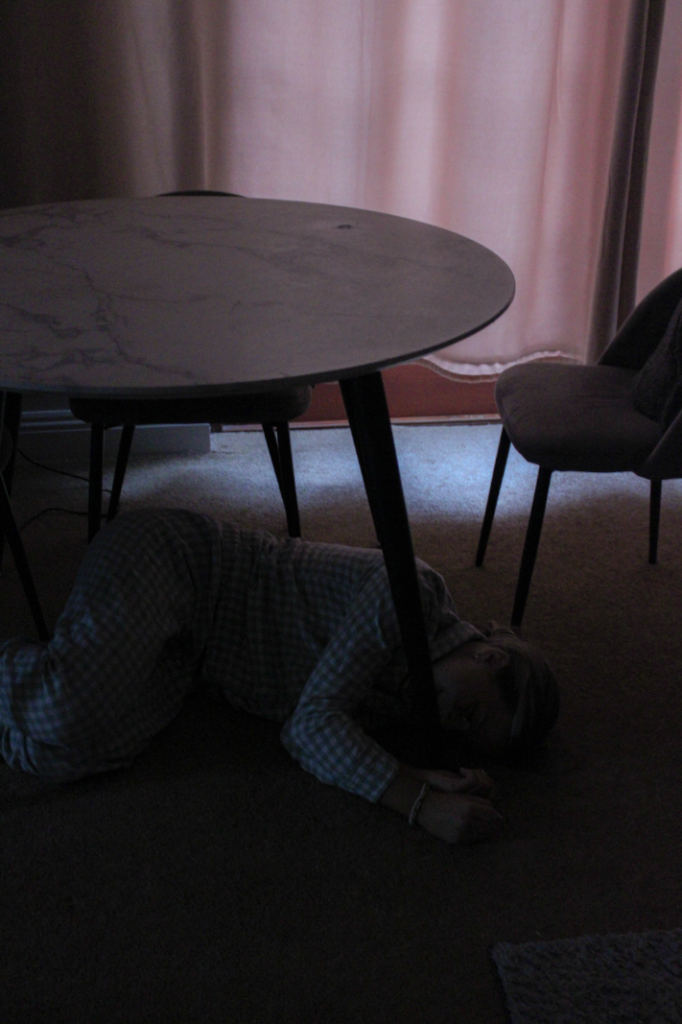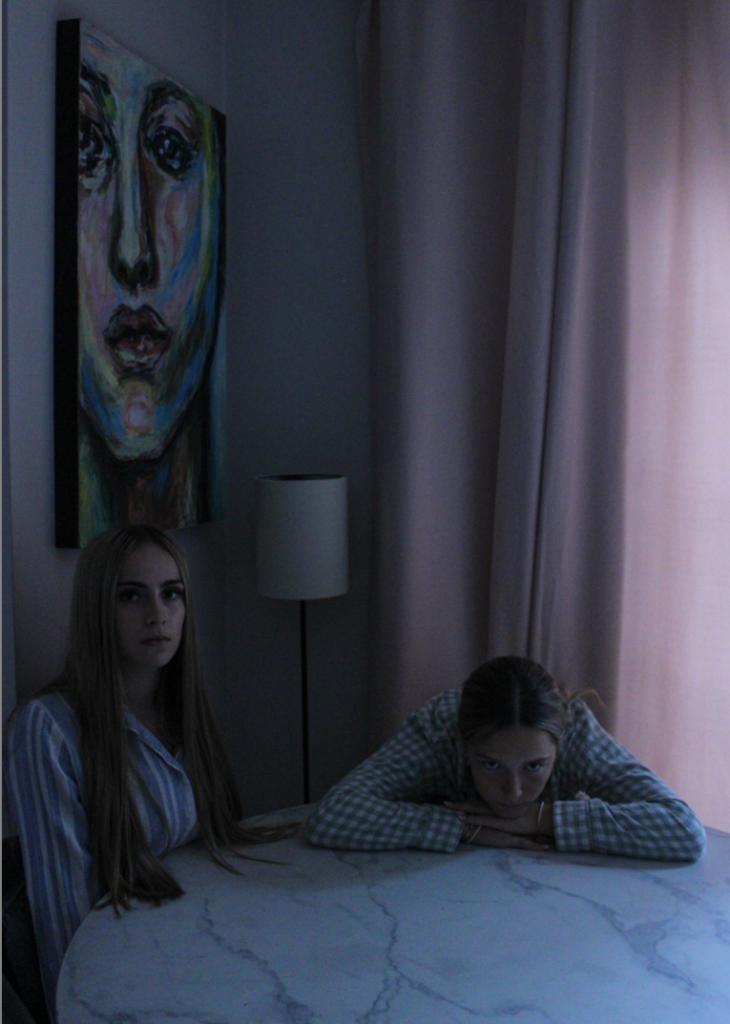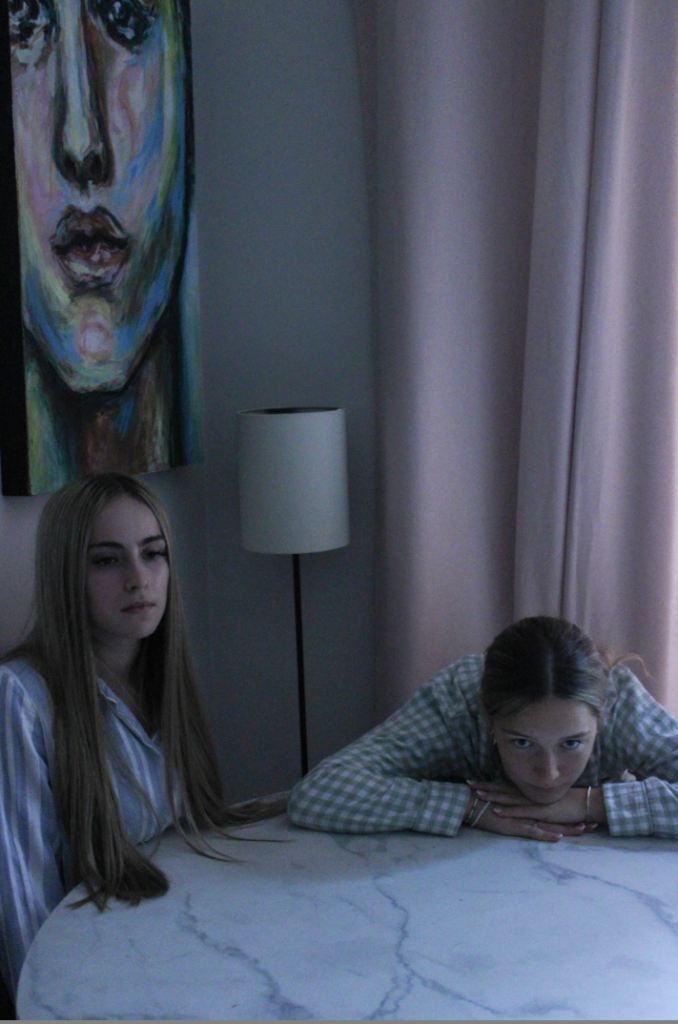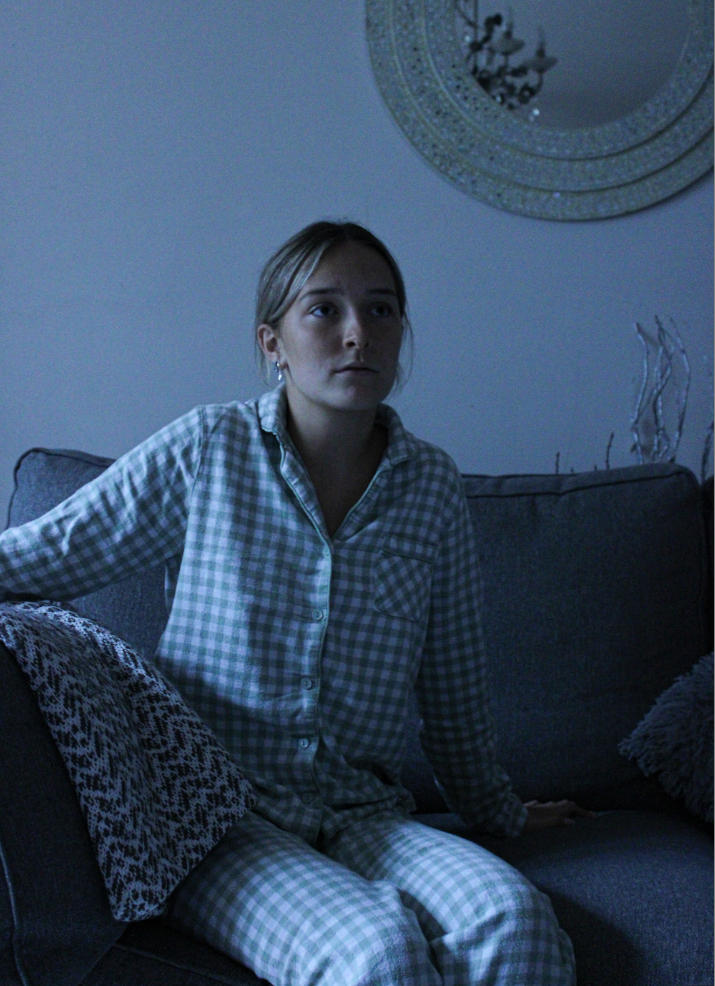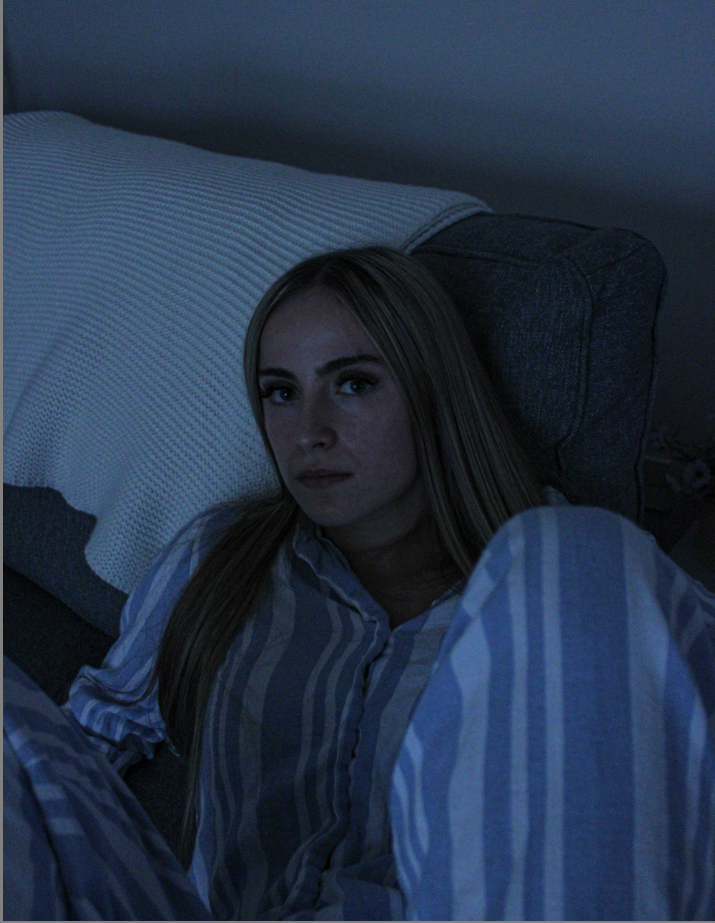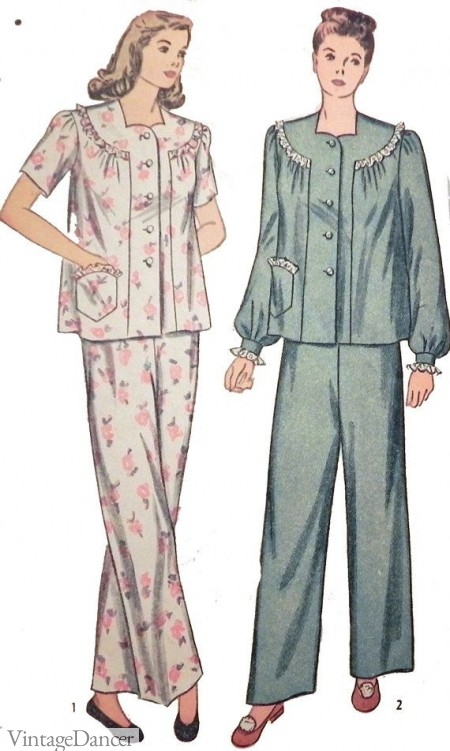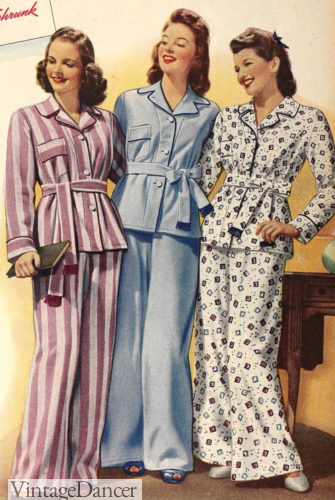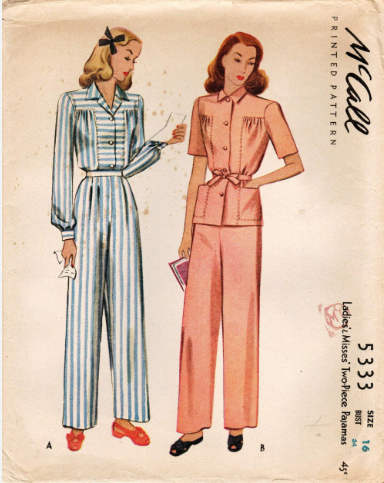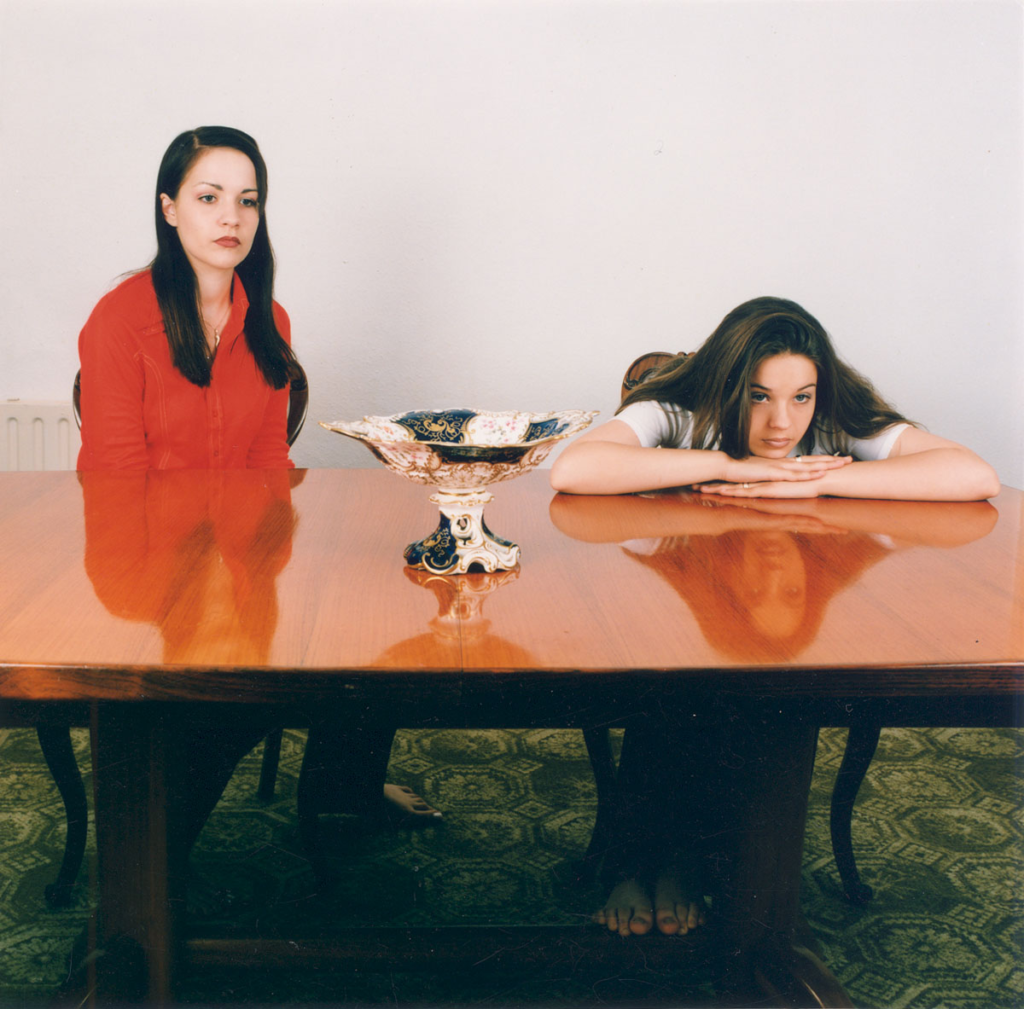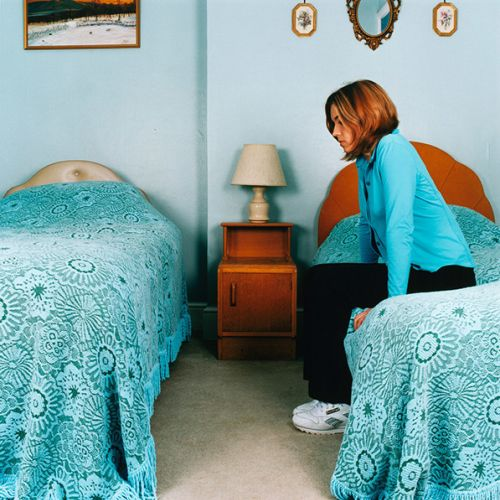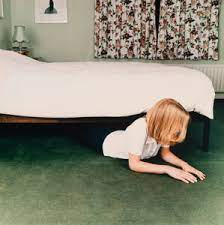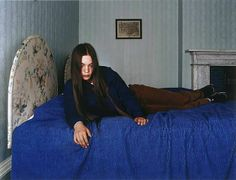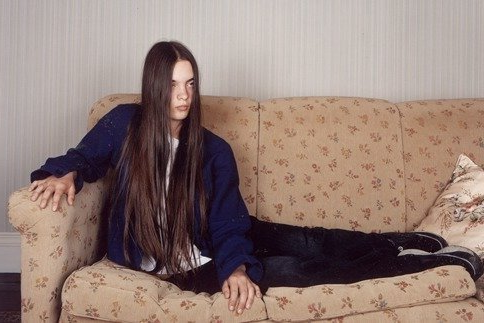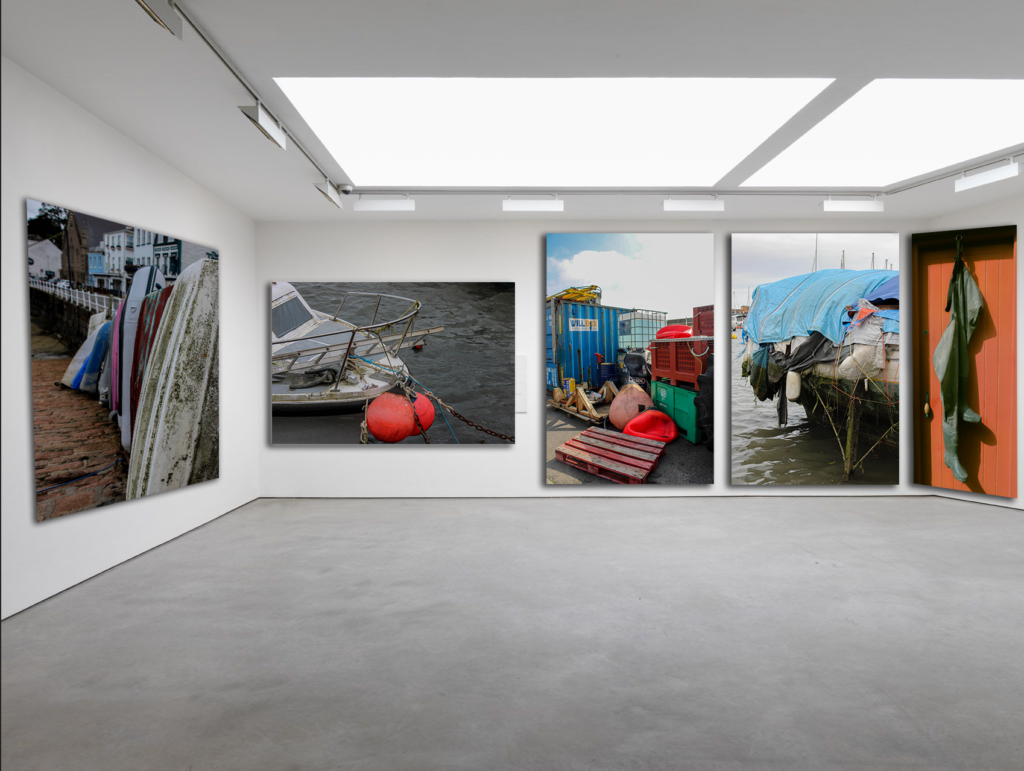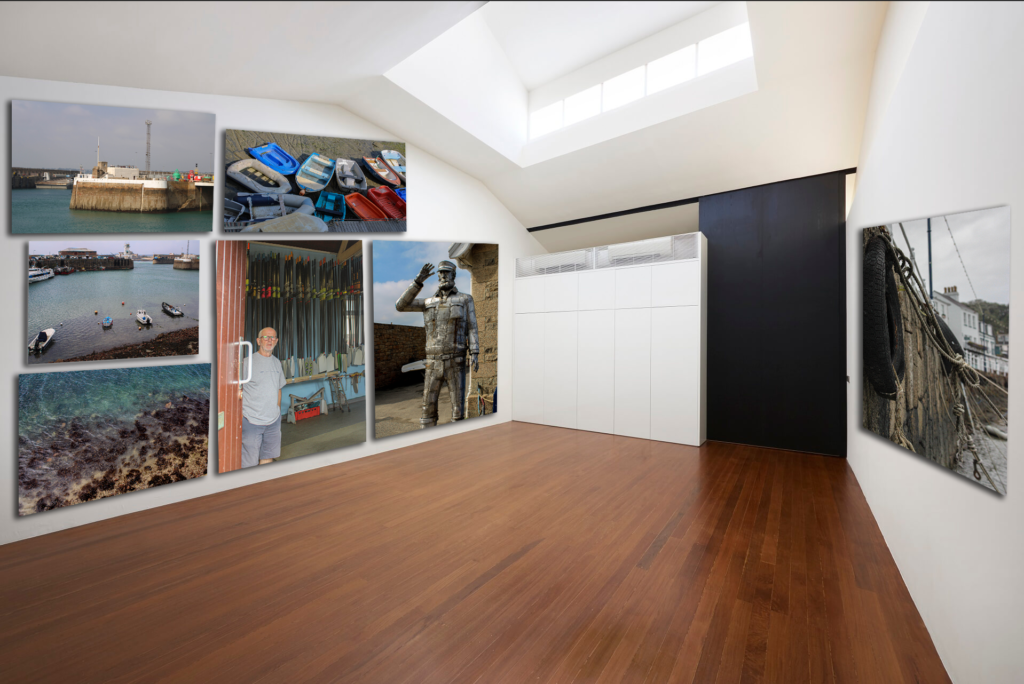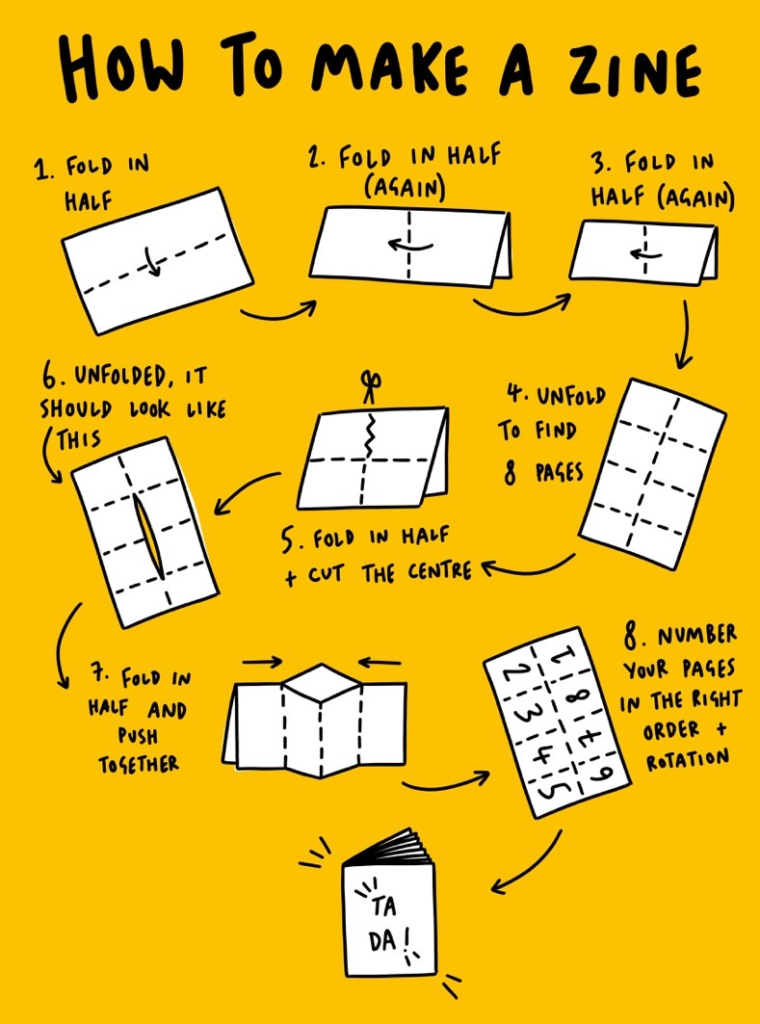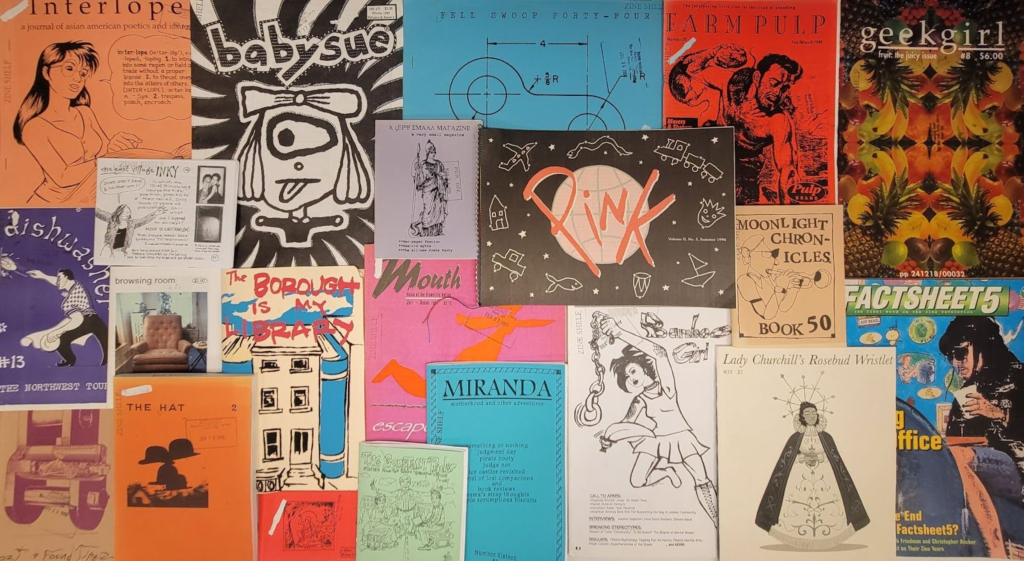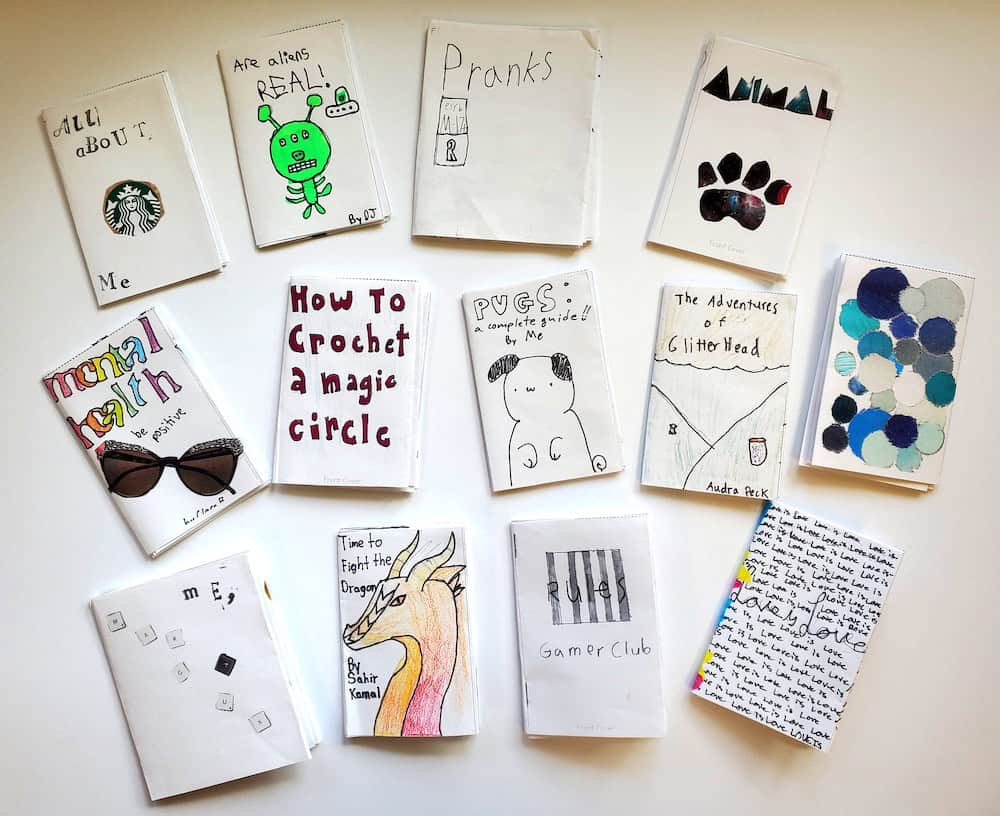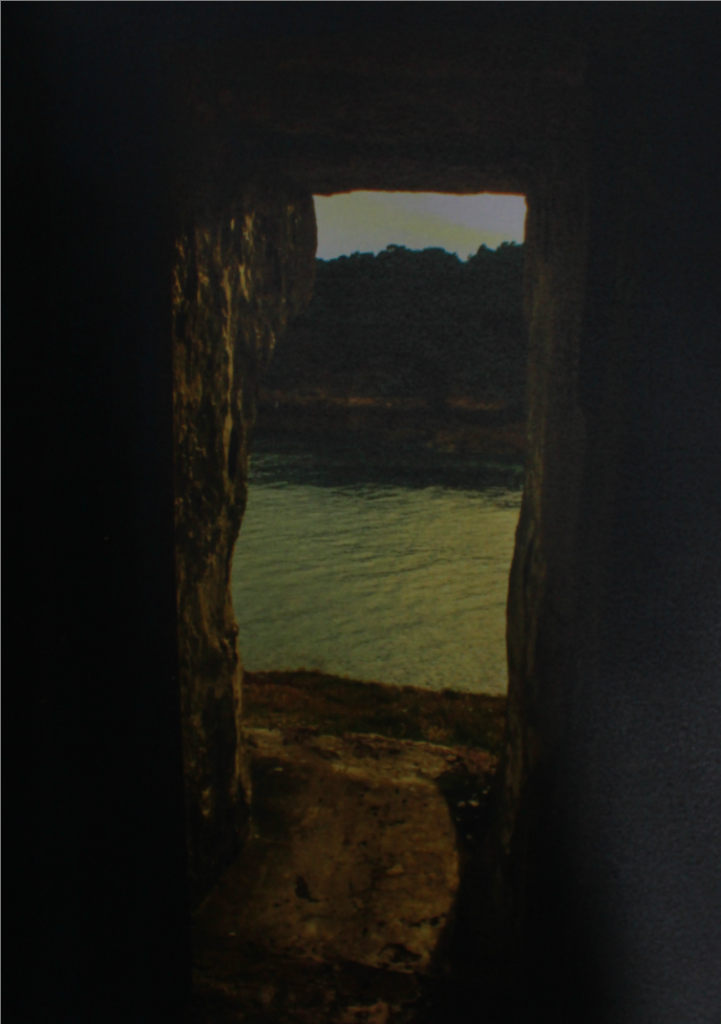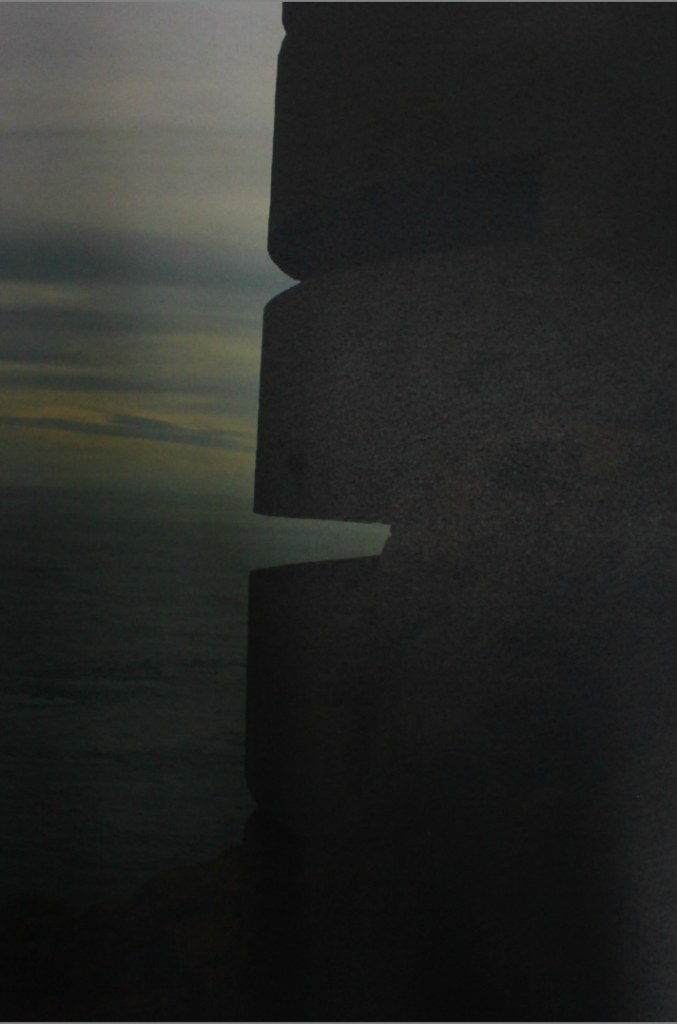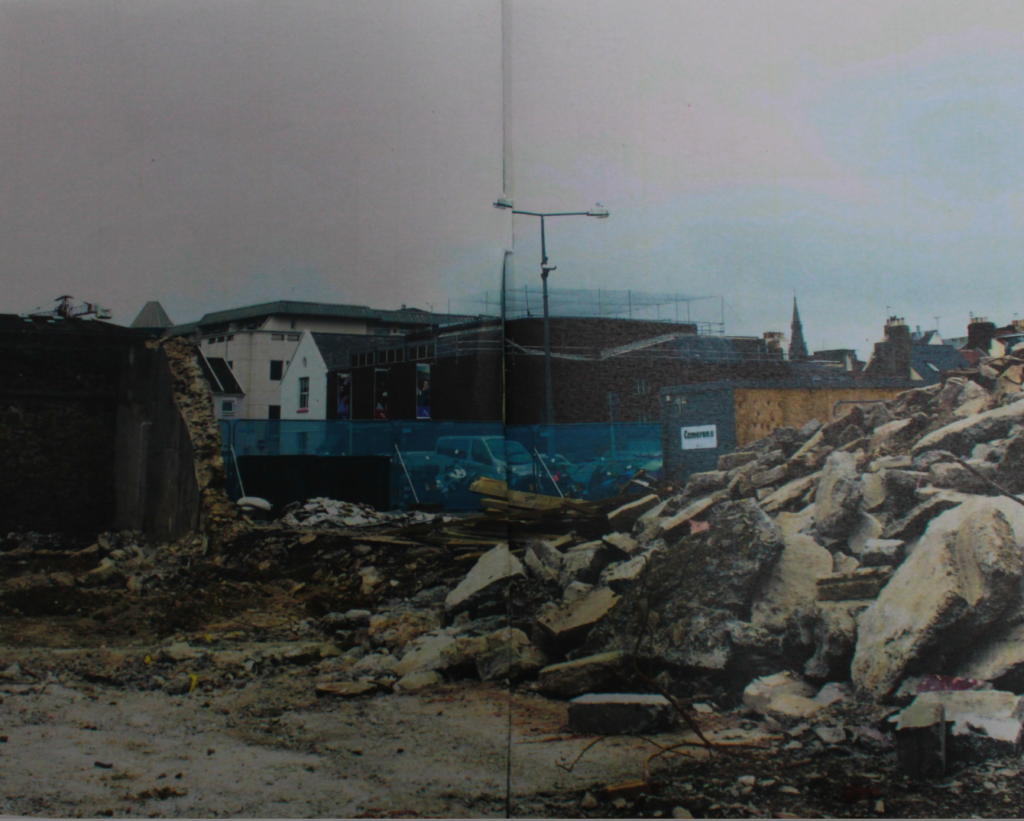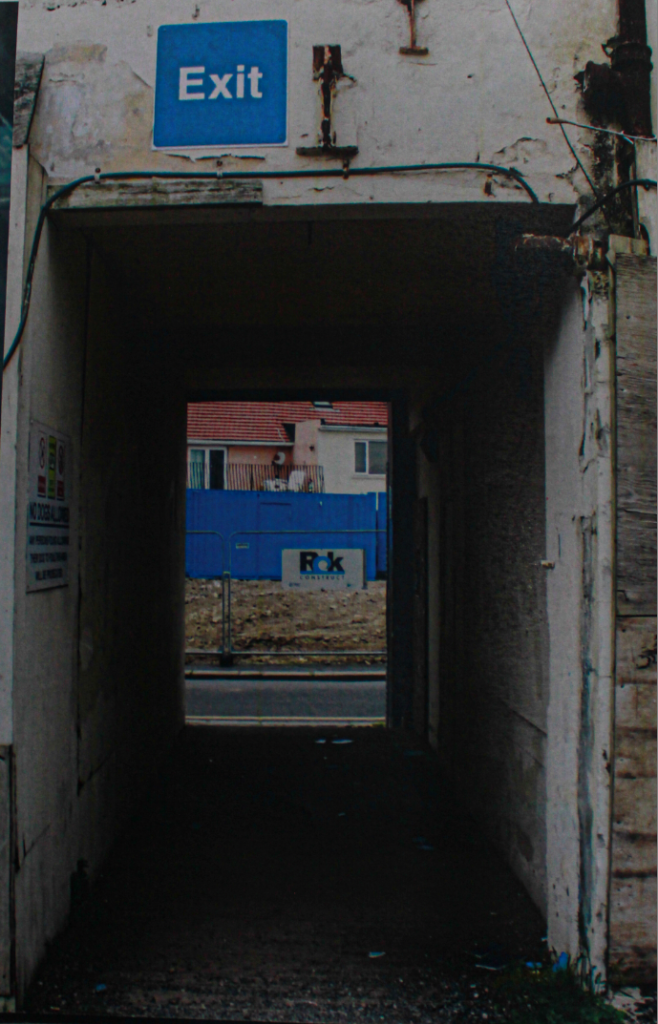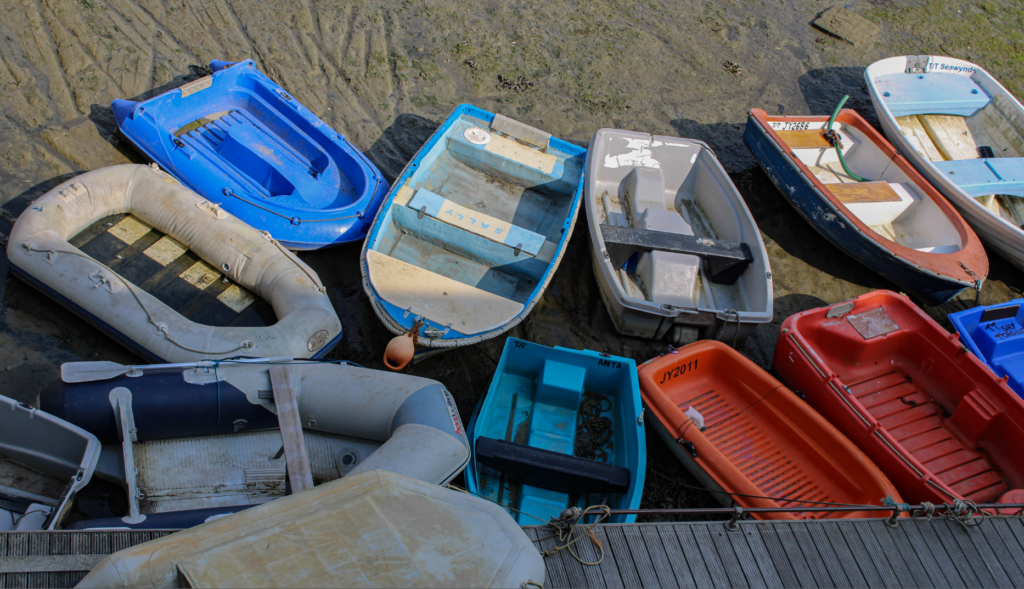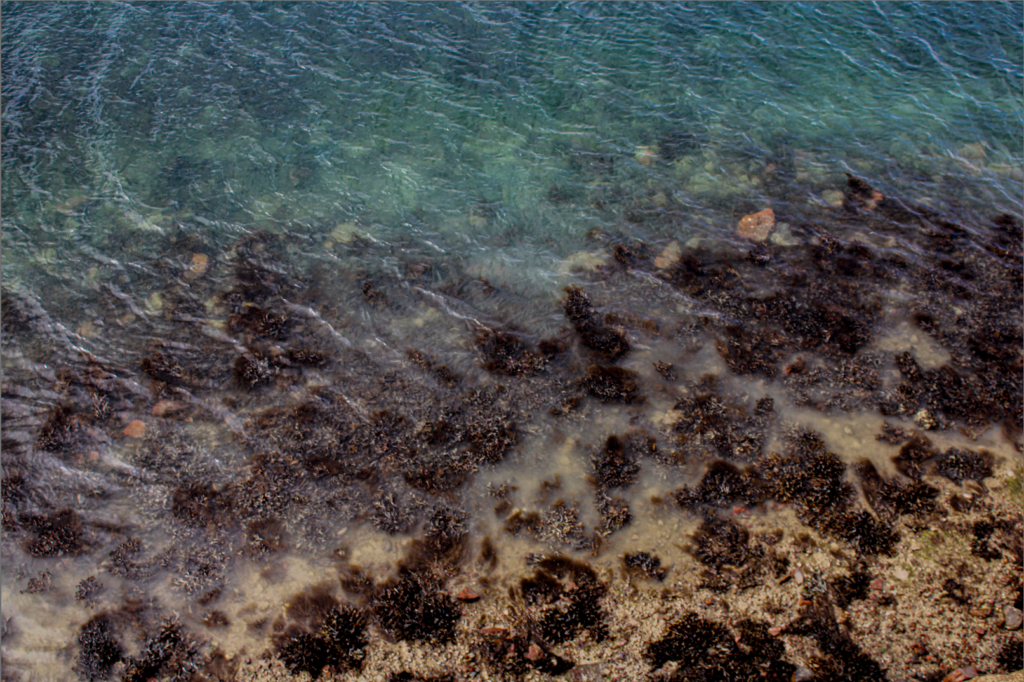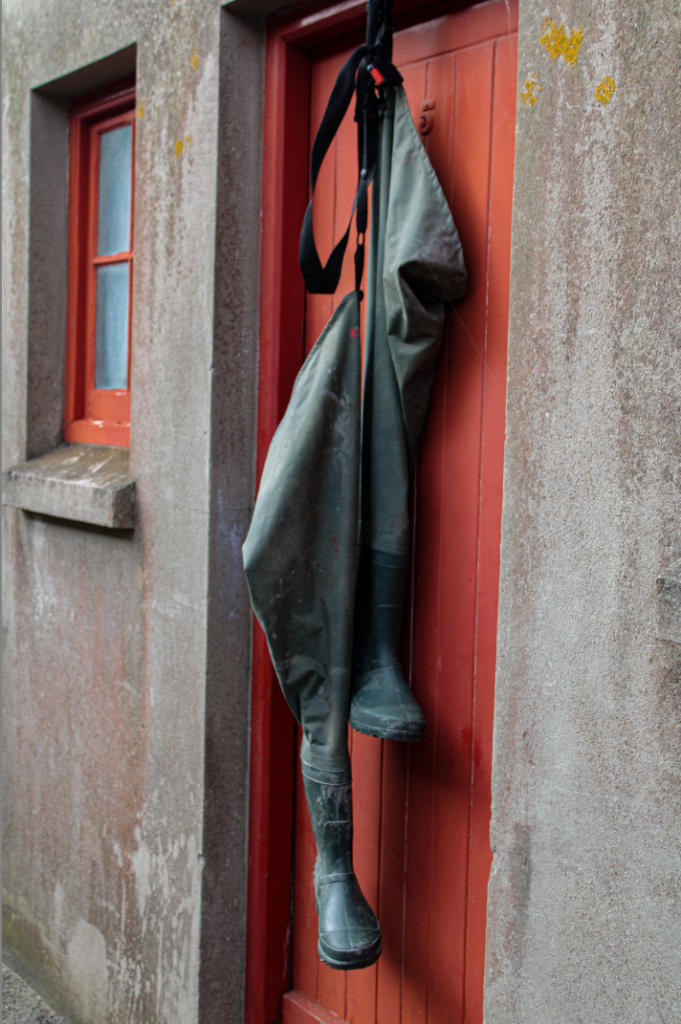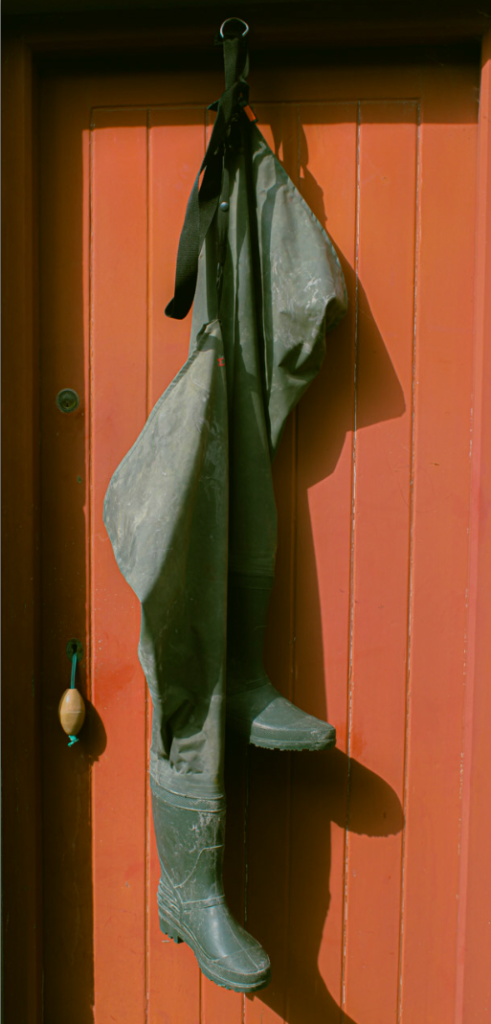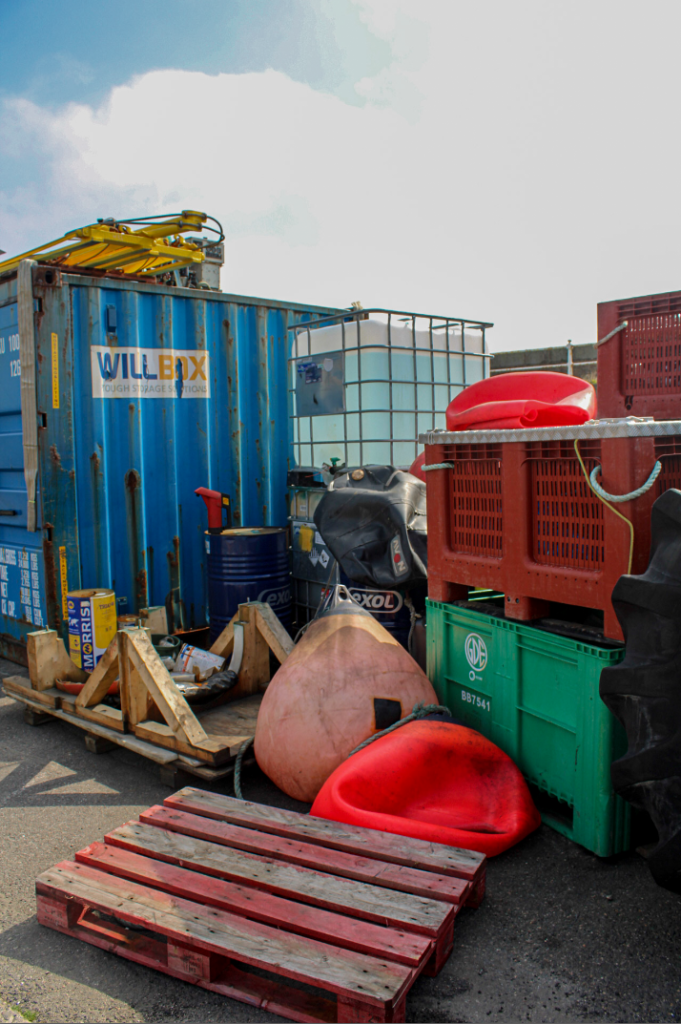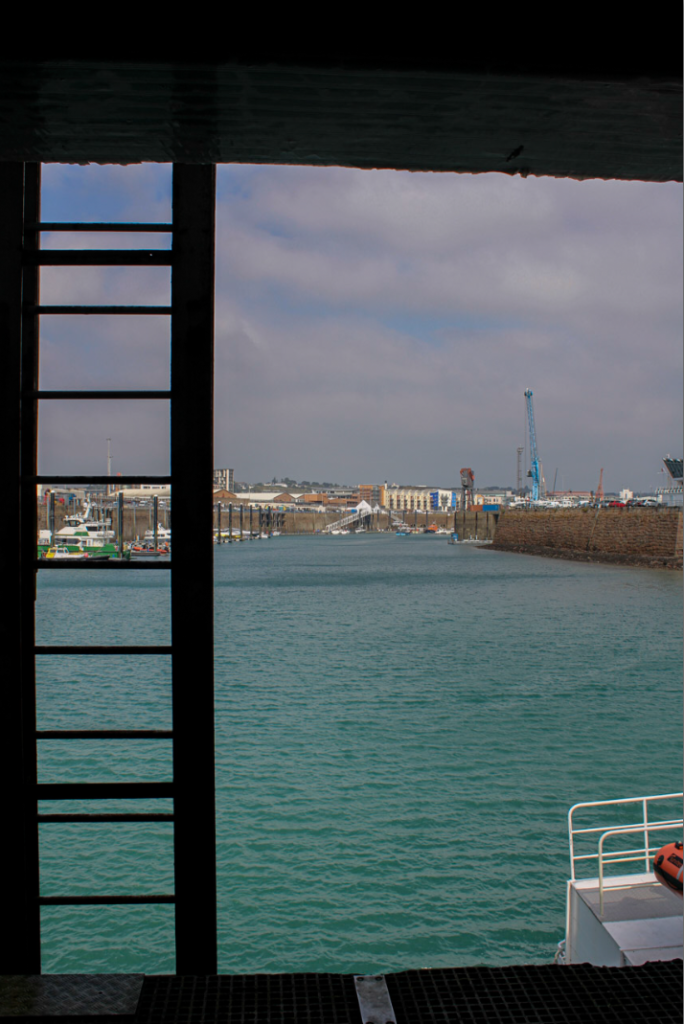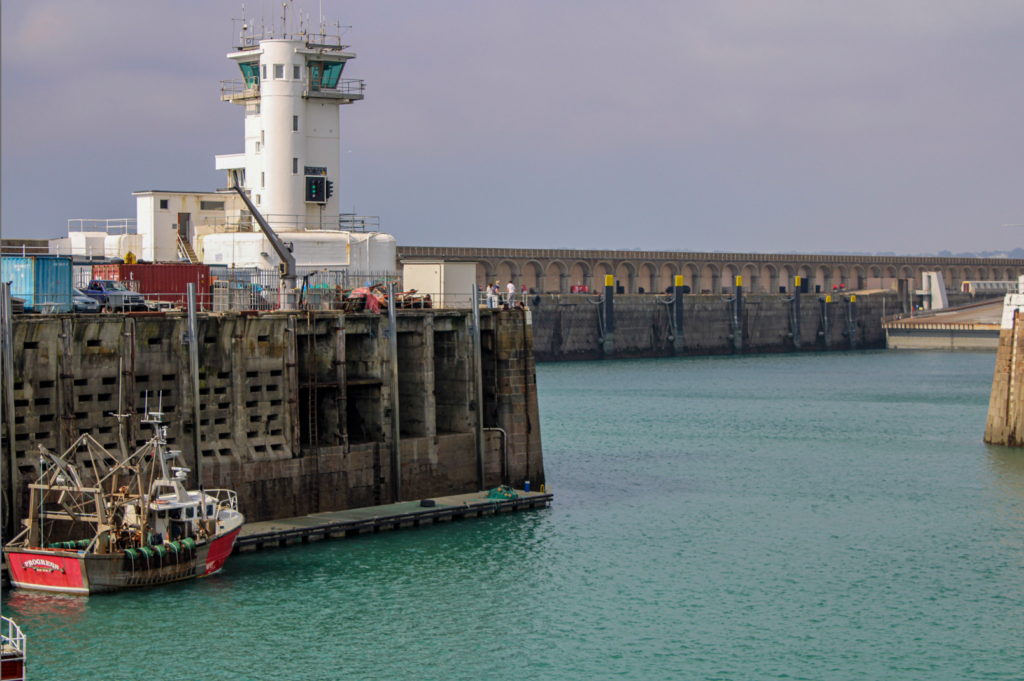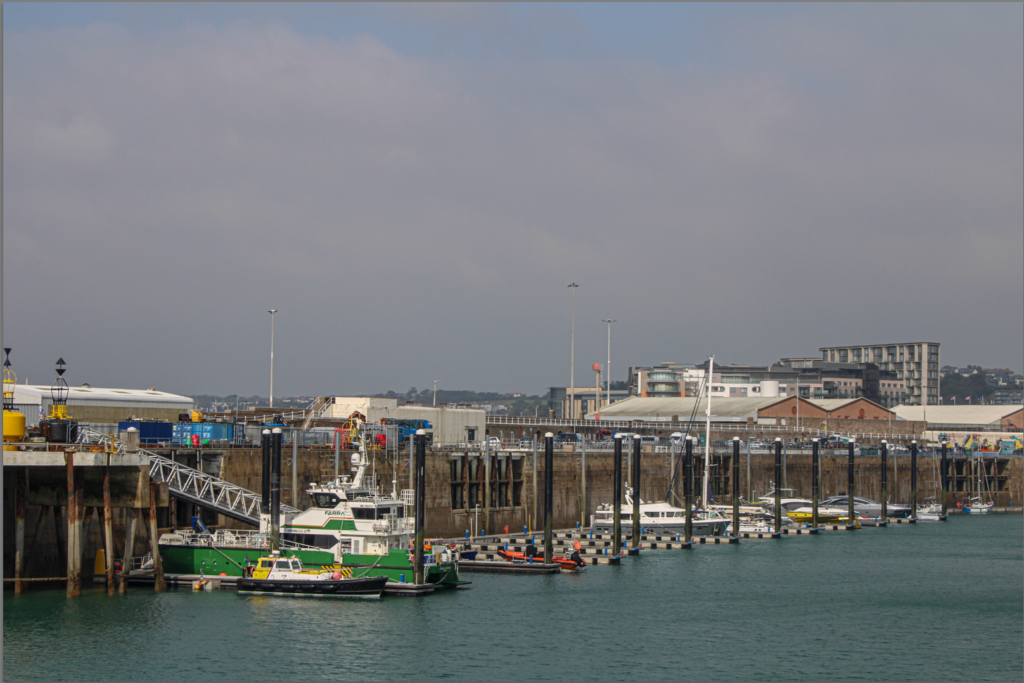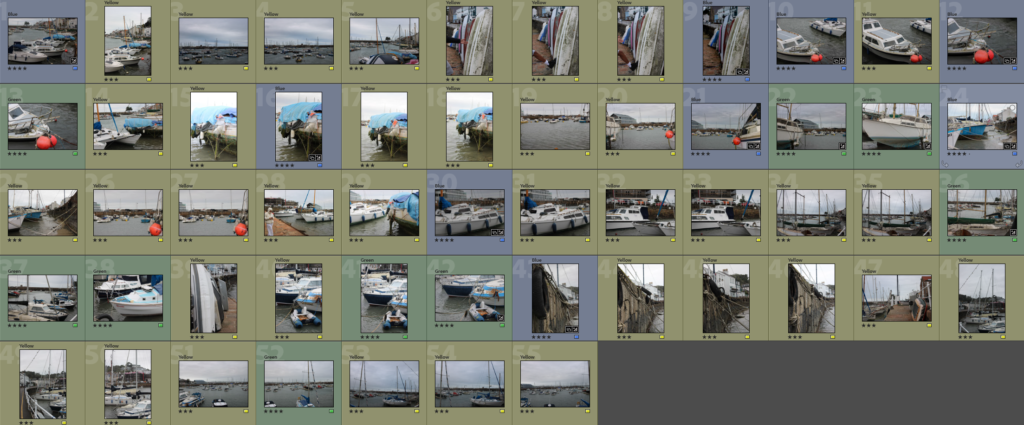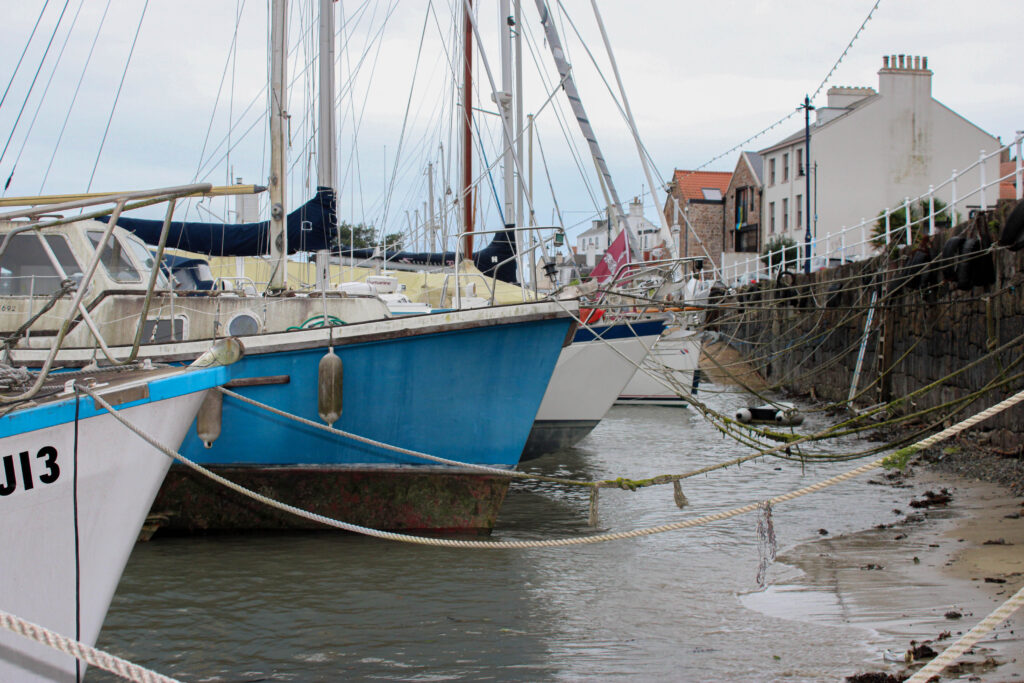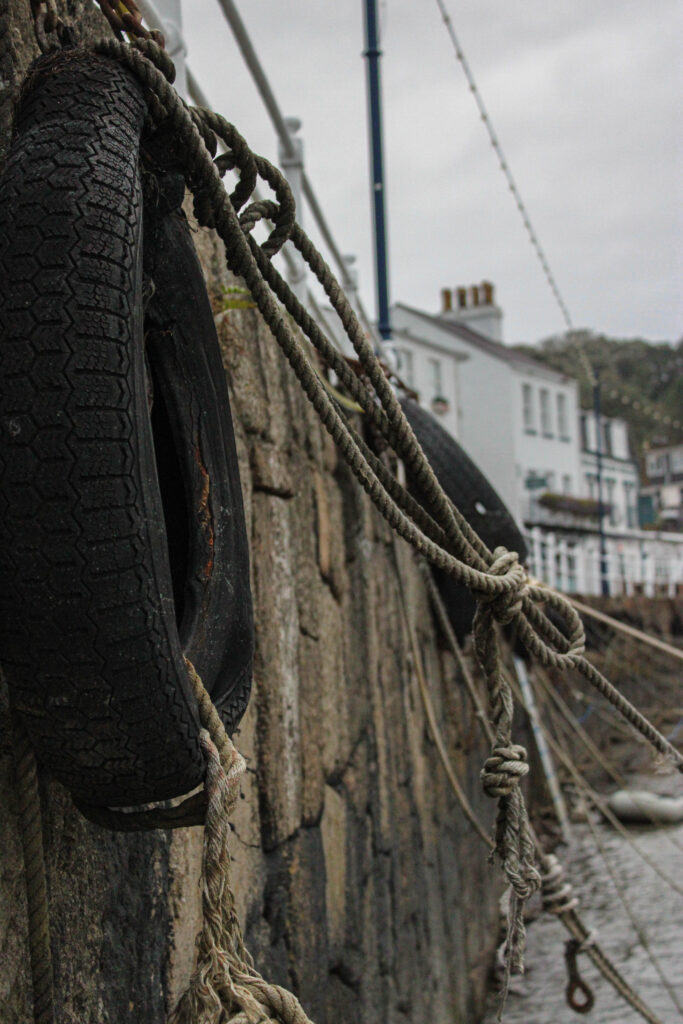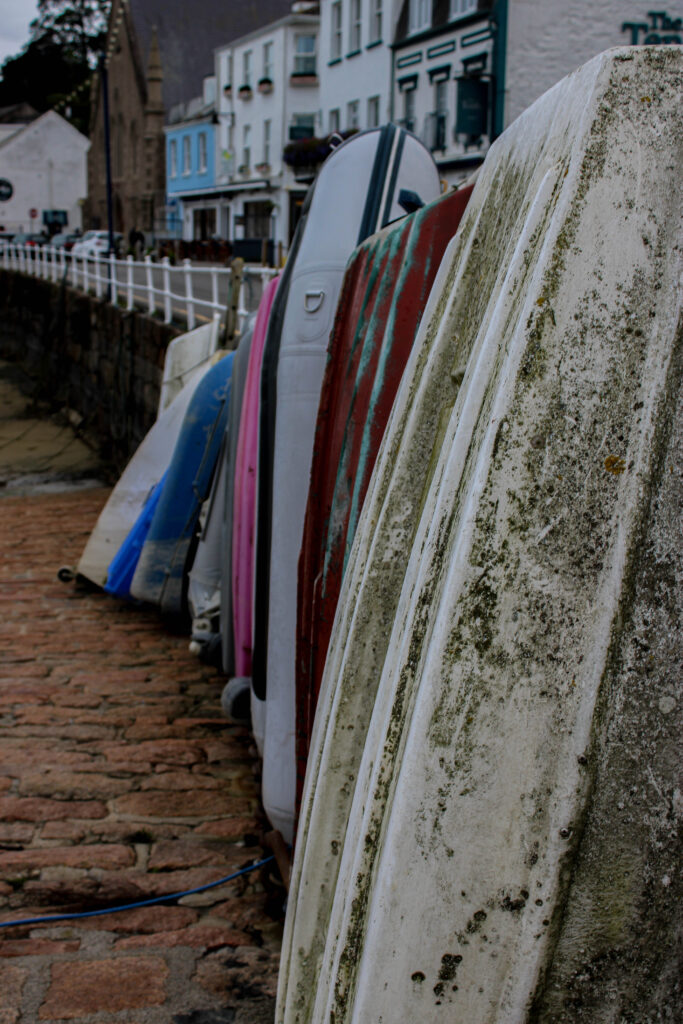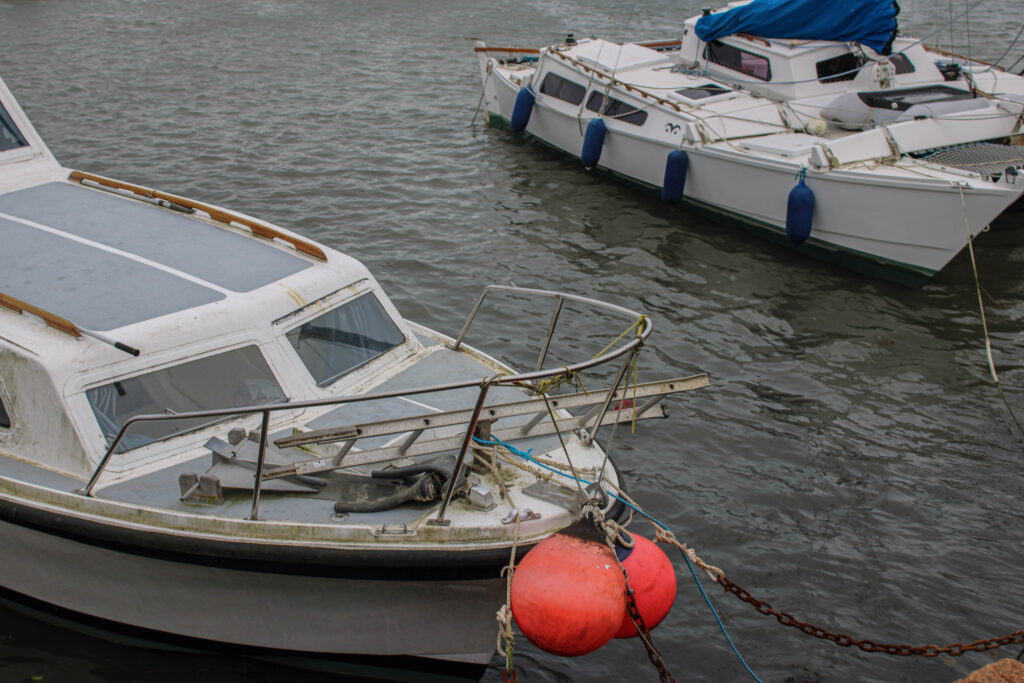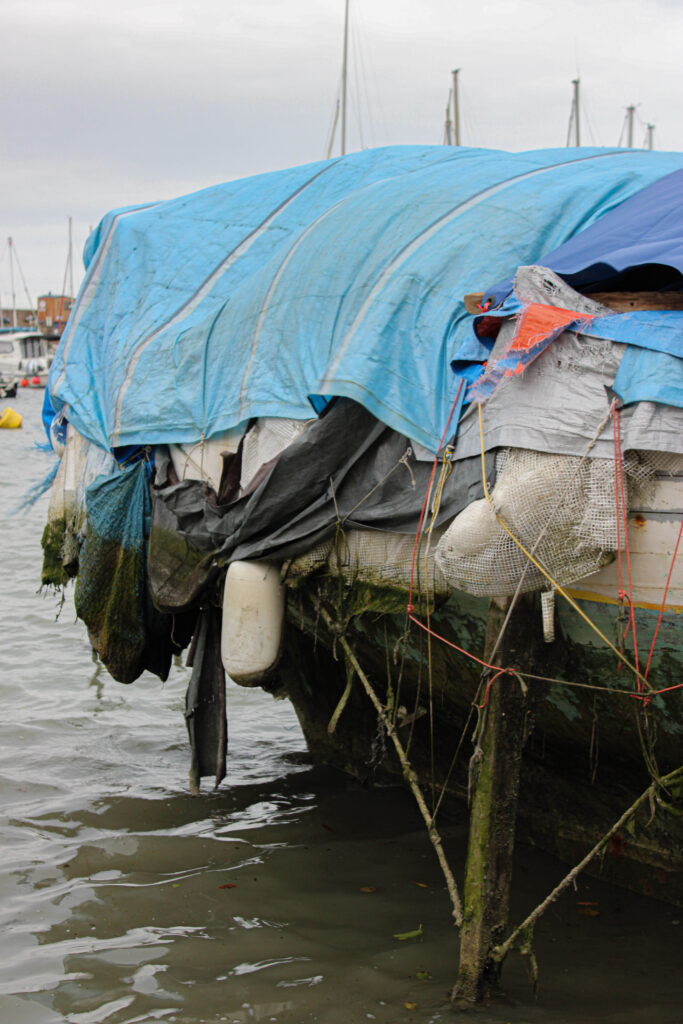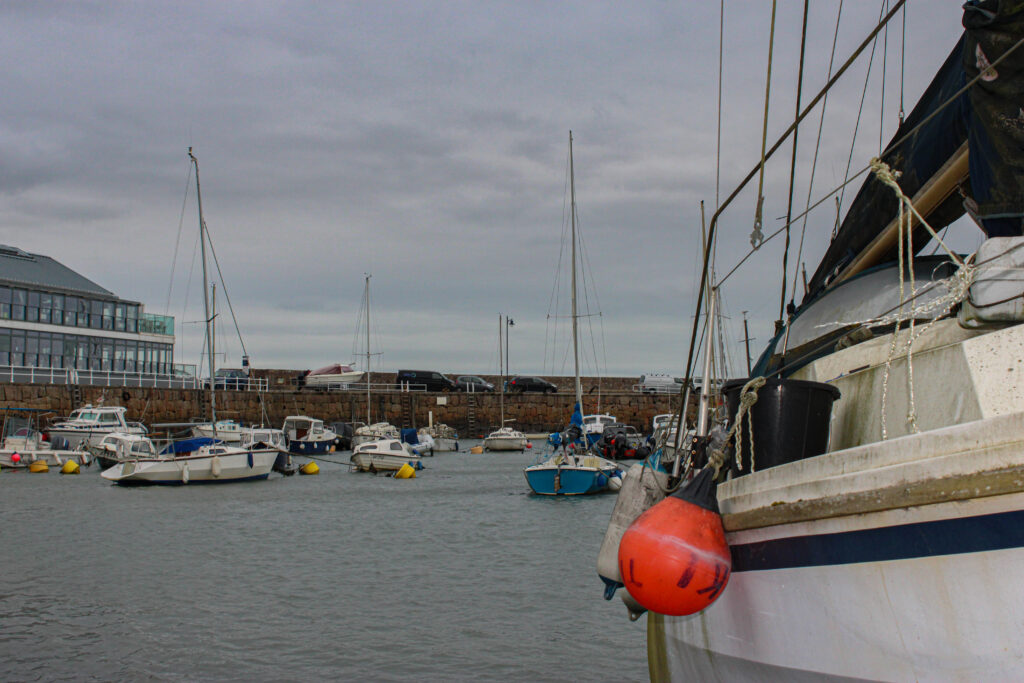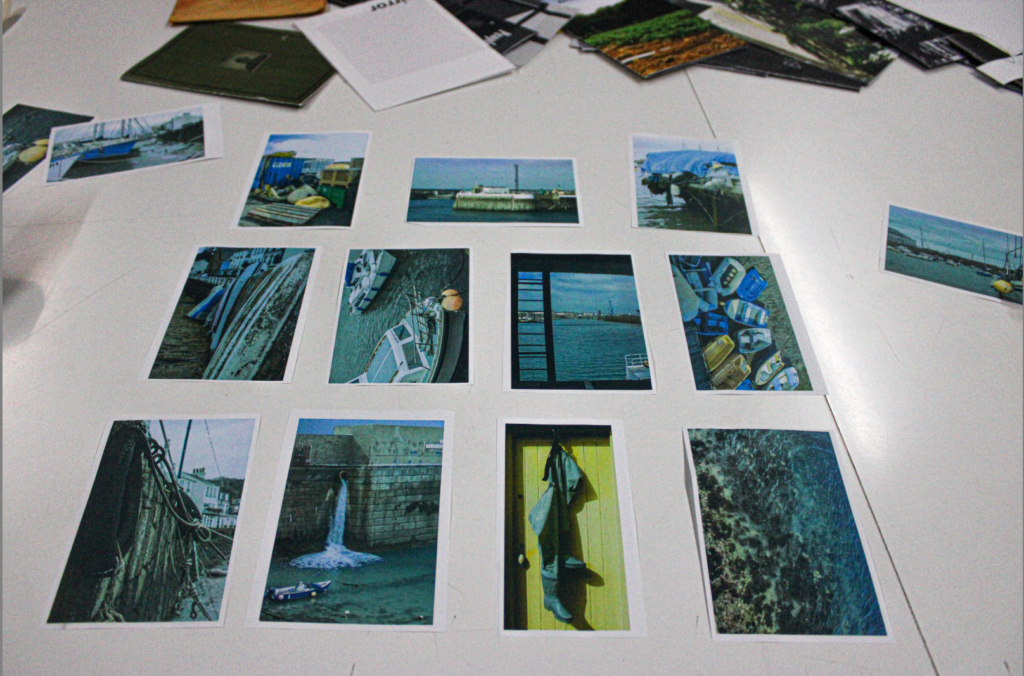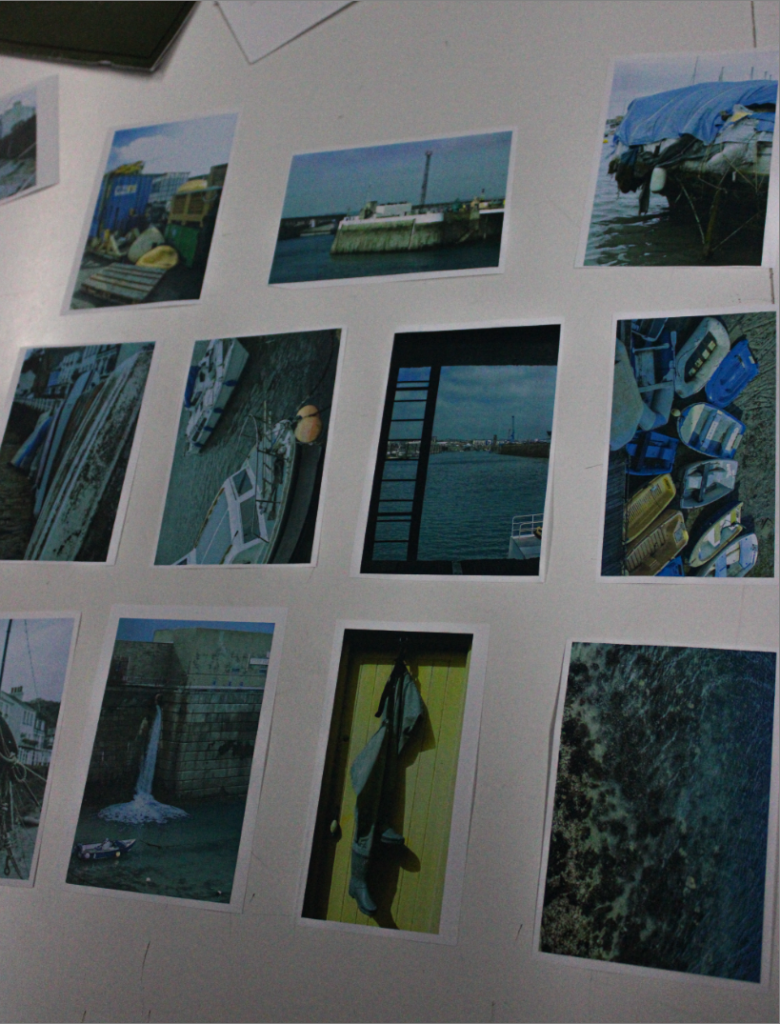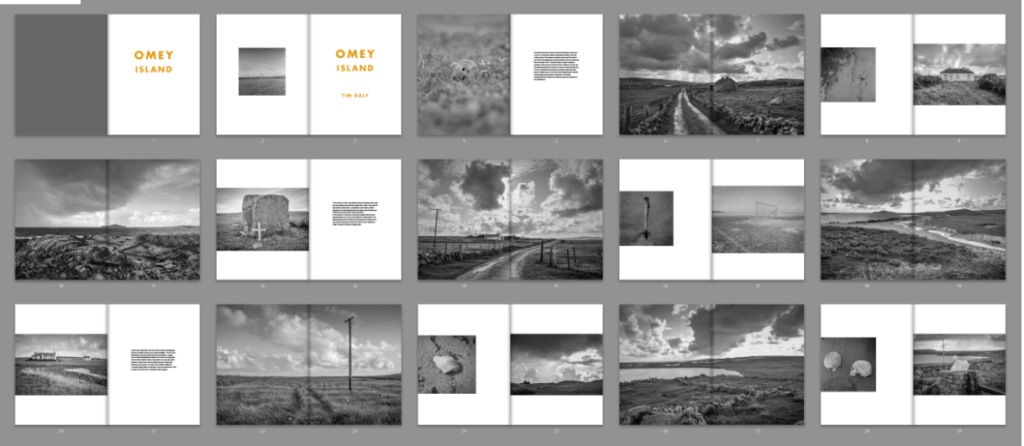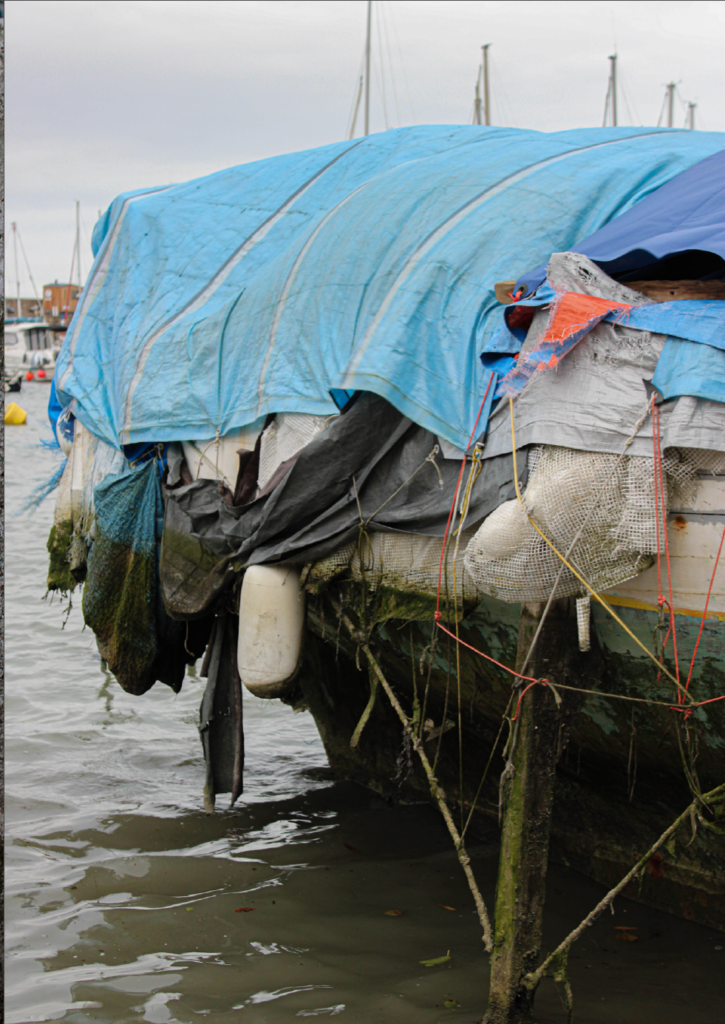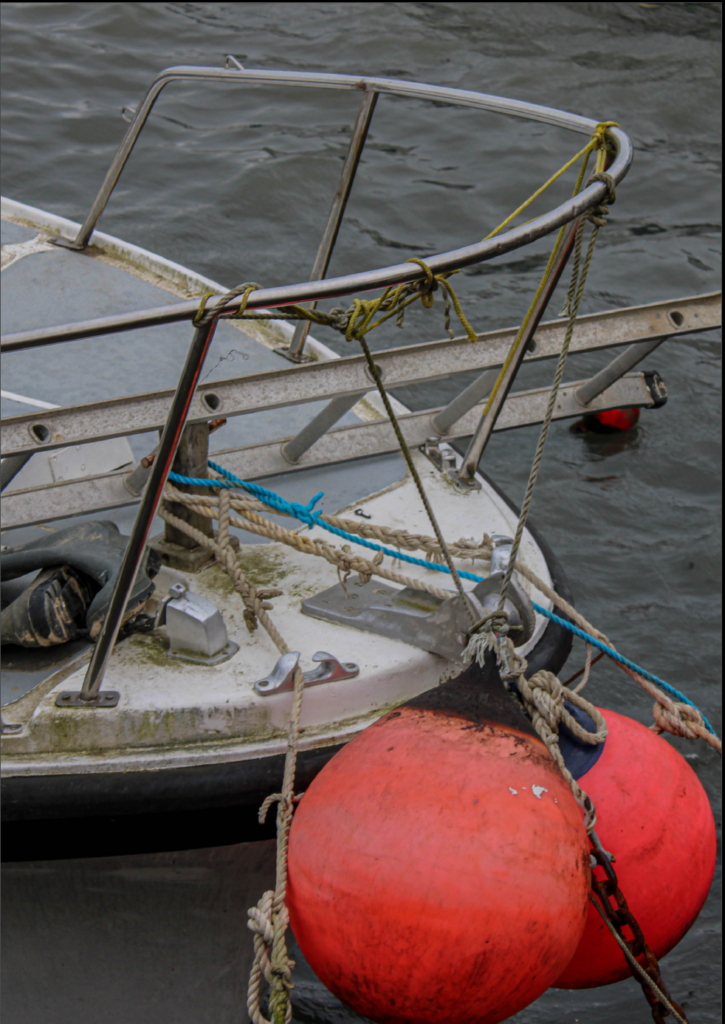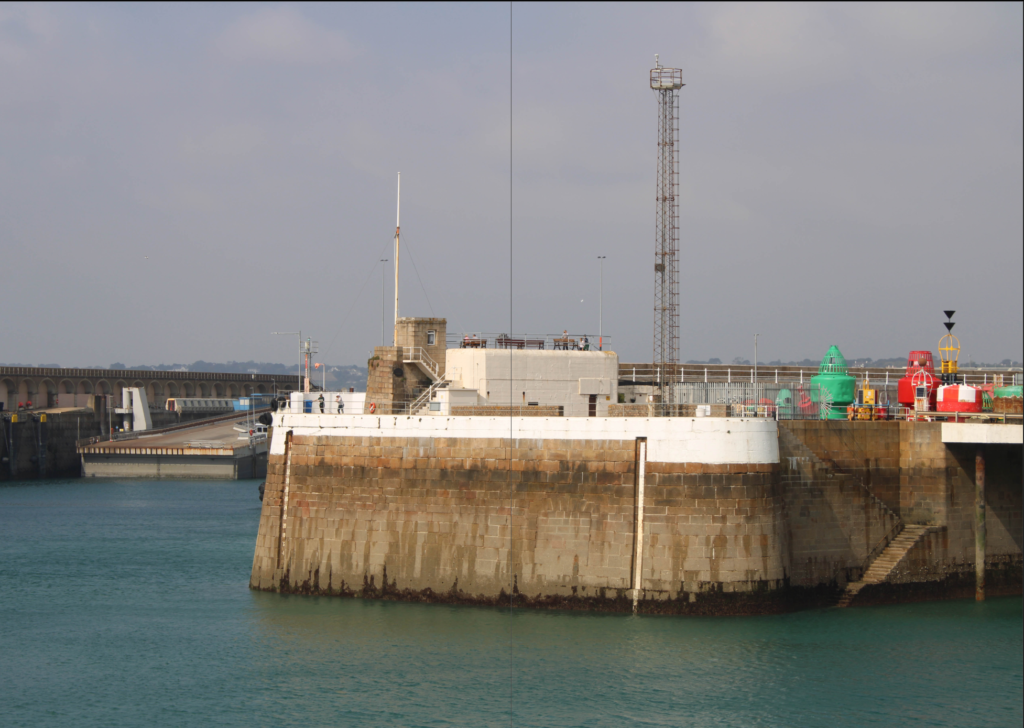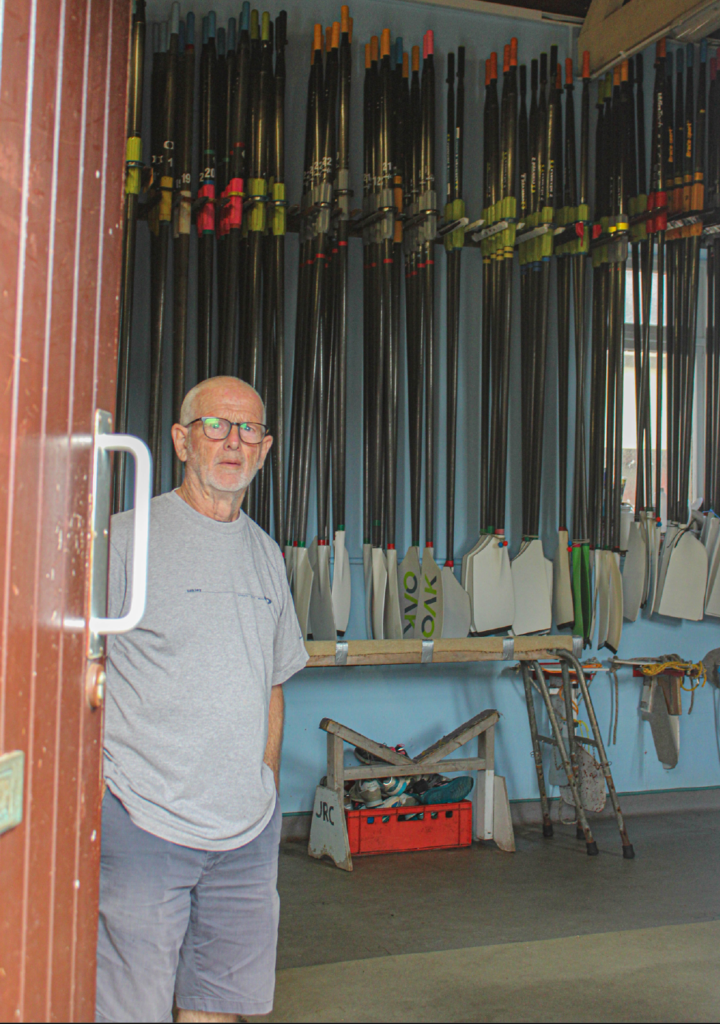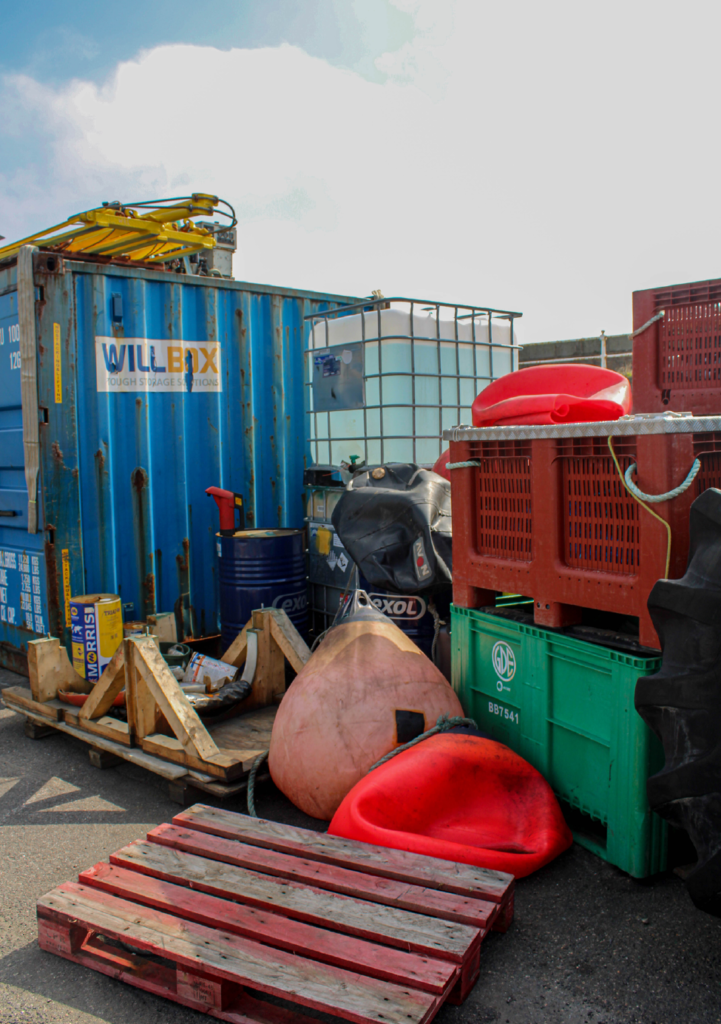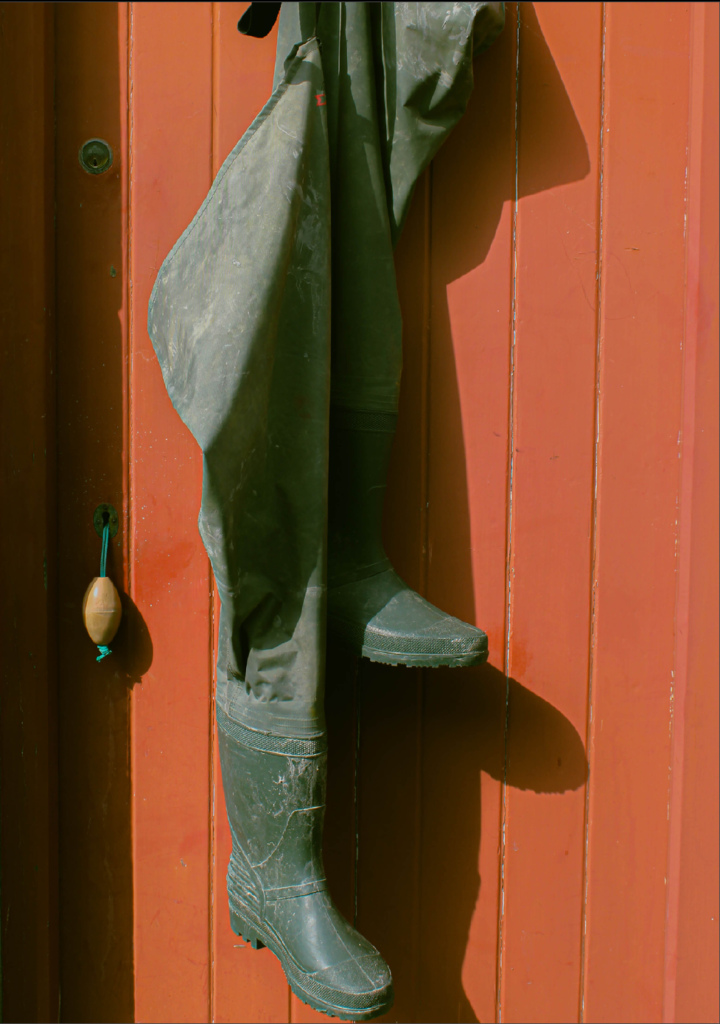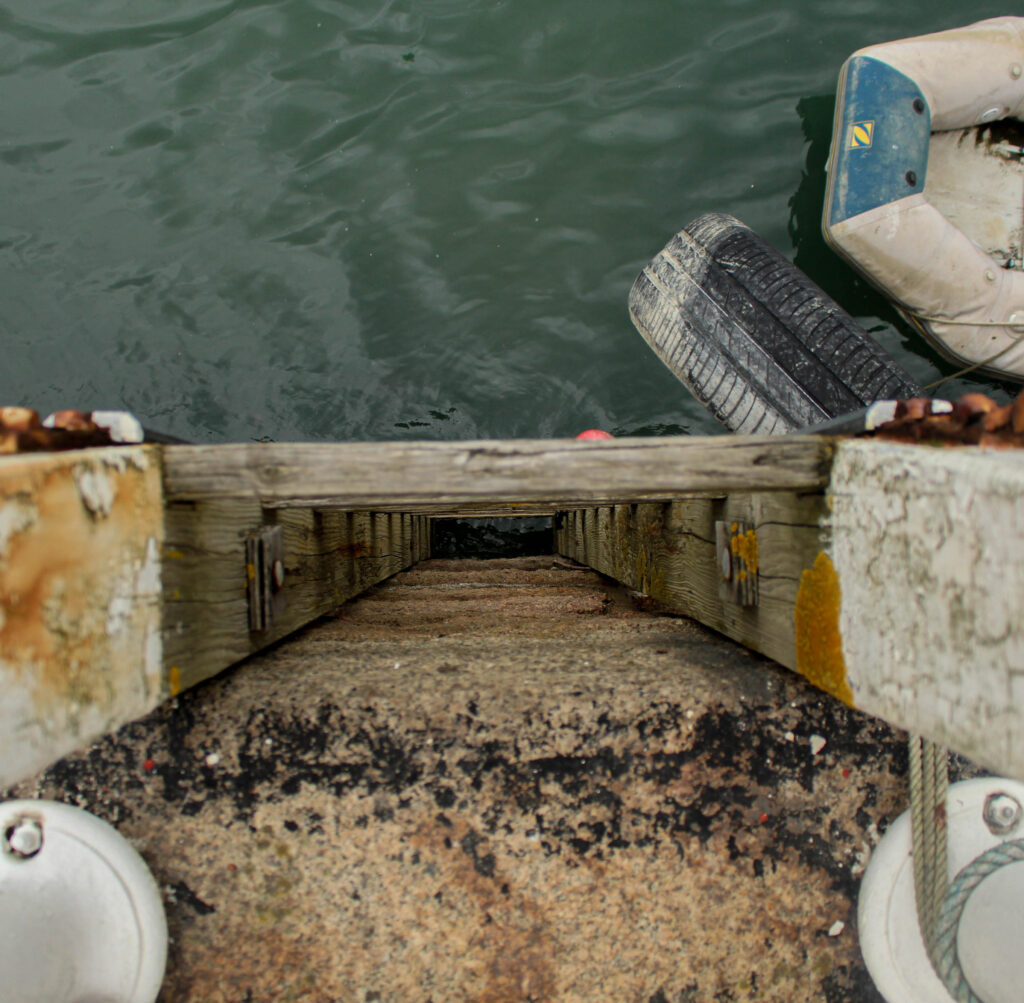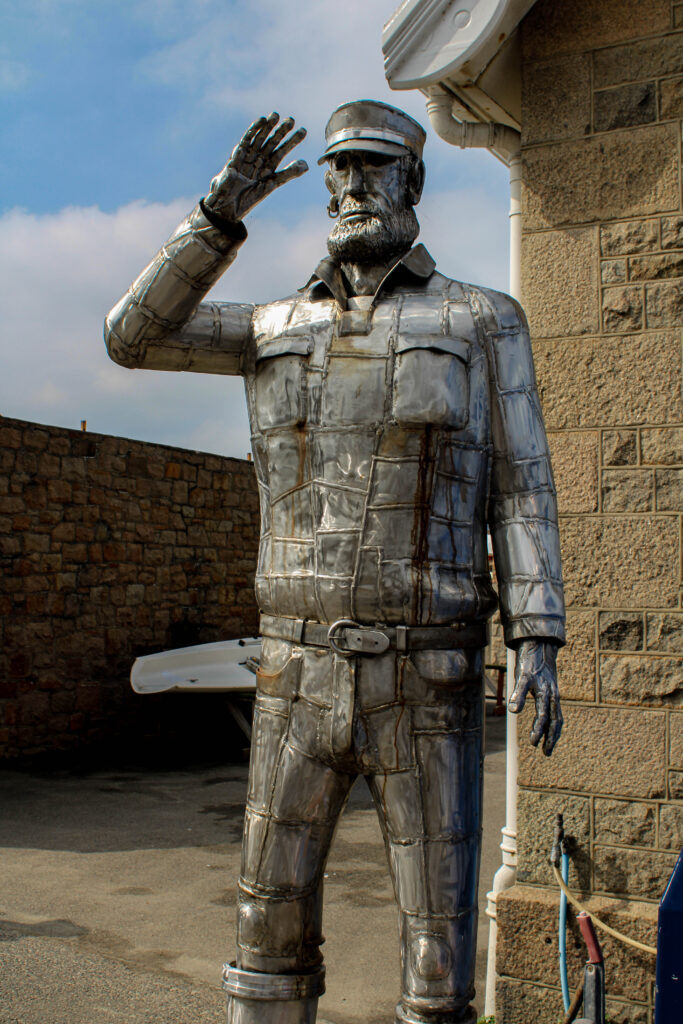

Mood board Analysis:
For my mood board, I decided to incorporate photos where women look strong and powerful, but also where women are showing their emotions, exploring different types of relationships and friendships. I also wanted to include female emotion and how emotion is a cast aside and stereotypical topic around women and how the word ‘Feminist‘ has a particular stigma surrounding it. Creating these moodboards has helped me to generate ideas with what type of work I would like to produce and what message I would like to convey.
I chose images that are all different.
Black and White.
Happy and Sad.
Feminine and Masculine.
Edited and Non Edited.
Staged and Candid.
Group and Single.
Head- Shot and Full Body Shot.
This mood board helped me to decide on the fact I would like to focus on girlhood. Particularly older teenagers at the age of 17-19 and the struggles of moving from adolescence to adulthood and the hardships young women face. I like this topic as it is a current topic which is faced globally and I feel It is a topic which I will enjoy expressing my opinion on and It is an important topic which needs embracing by young people especially.
Feminists.

The stigma around feminism I would like to explore is of negative stereotypes of feminists the idea that feminists are all lesbians, man-hating, antifamily, selfish, radical, unusually angry, assertive, ugly, bra-burning, and humourless.
This moodboard represents some of the types of poses I would like to encorporate in my photoshoots and final work.
Women’s Suffrage





Women’s suffrage is the right of women to vote in elections. Several instances occurred in recent centuries where women were selectively given, then stripped of, the right to vote. Finally in 1918, Parliament passed an act granting the vote to women over the age of 30 who were householders, the wives of householders, occupiers of property with an annual rent of £5, and graduates of British universities. About 8.4 million women gained the vote. The Nineteenth Amendment to the U.S. Constitution granted women the right to vote. This right—known as women’s suffrage—was ratified on August 18, 1920: “The right of citizens of the United States to vote shall not be denied or abridged by the United States or by any State on account of gender.
Reproductive Rights





Reproductive rights are legal rights and freedoms relating to reproduction and reproductive health that vary amongst countries around the world. The World Health Organisation defines reproductive rights as follows:
- Rights to reproductive and sexual health include the right to life, liberty and the security of the person.
2. The right to health care and information.
3. The right to non-discrimination in the allocation of resources to health services and in their availability and accessibility.
Being able to make decisions about how to express our sexuality, including our sexual orientation and gender identity, as well as about our bodies, our personal relationships, the form and shape of one’s family and the destination of one’s life path, among other things, is essential to our bodily autonomy and dignity. However, across the world, millions of people, particularly members of marginalized and stigmatized communities and those living in poverty, are prevented from making free and informed decisions about their bodies. In many countries this happens because governments try to dictate how people form intimate relationships, or express desire, as well as whether and when to have children. This affects women, girls and LGBTI people in particular, but it’s not just about individuals, it impacts whole communities.
Sexual and reproductive rights – Amnesty International
HOW ARE WOMEN’S RIGHTS BEING VIOLATED?





Today, gender bias continues to create huge barriers for many women. Ongoing struggles include ensuring equal economic opportunities, educational equity, and an end to gender-based violence.
But across the globe many women and girls still face discrimination on the basis of sex and gender. Gender inequality underpins many problems which disproportionately affect women and girls, such as domestic and sexual violence, lower pay, lack of access to education, and inadequate HealthCare.
Examples of gender discrimination include but are not limited to: Mis gendering or mispronouncing (purposefully using the wrong gender identity or pronouns to address someone) Having limited access to all-gender restrooms. Disfavouring someone based on gender.
NAME IDEA- THE FEMALE GAZE. – I like the idea of this name for my personal and independent study name as it juxtaposes THE MALE GAZE and shows how actually the power is in the women’s favour and that they are in fact control, and control the gave that is put upon them.
The female ‘gaze’ creates the perspective of being “in” rather than overlooking the character’s experiences, allowing the audience to understand the character’s inner thoughts, feelings, and emotions.
The idea of the ‘female’ gaze is that the female gaze embraces the spectator, character, and the directors of these works and sets out to represent women as people who are capable of the same things men are.




